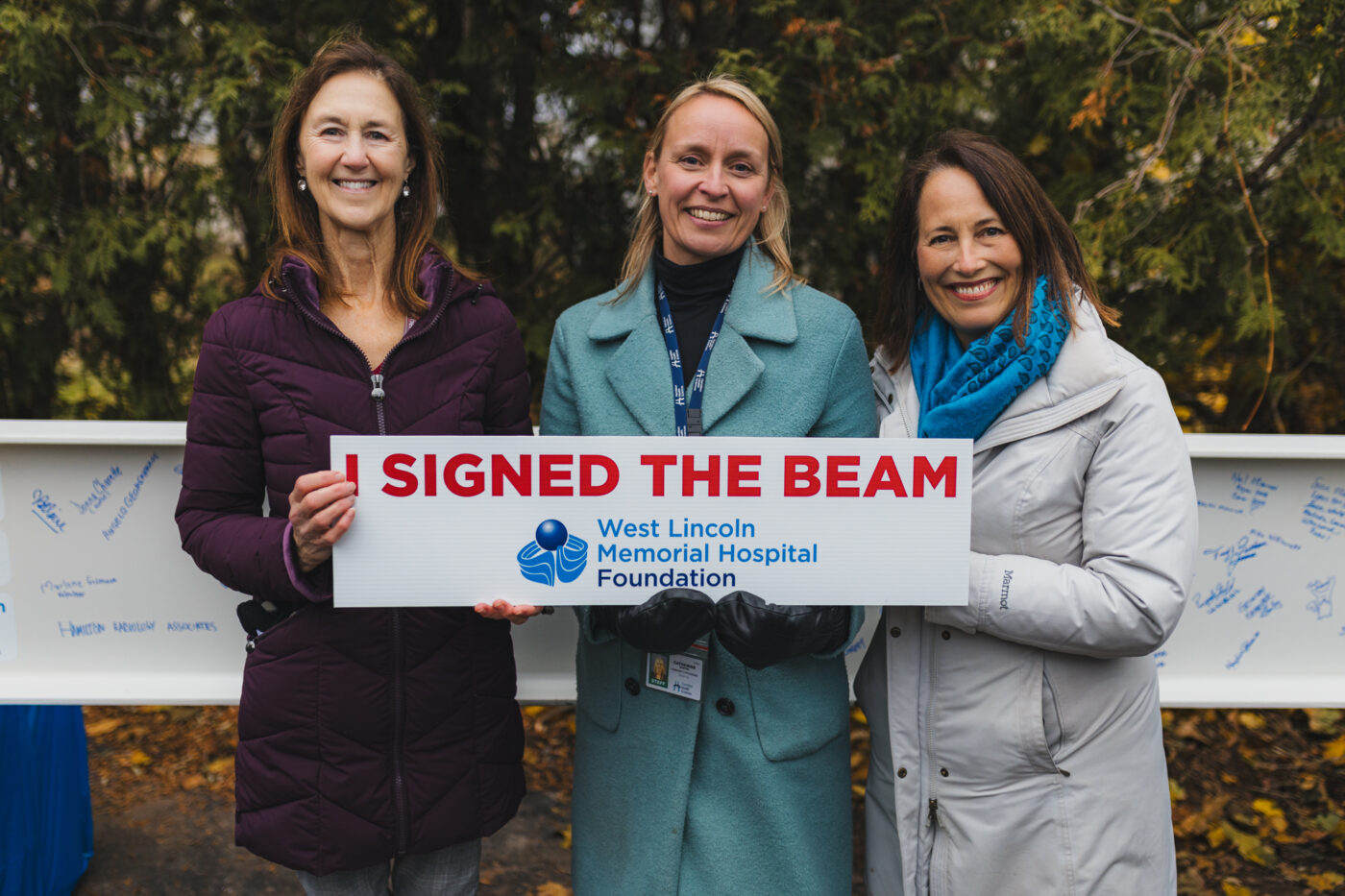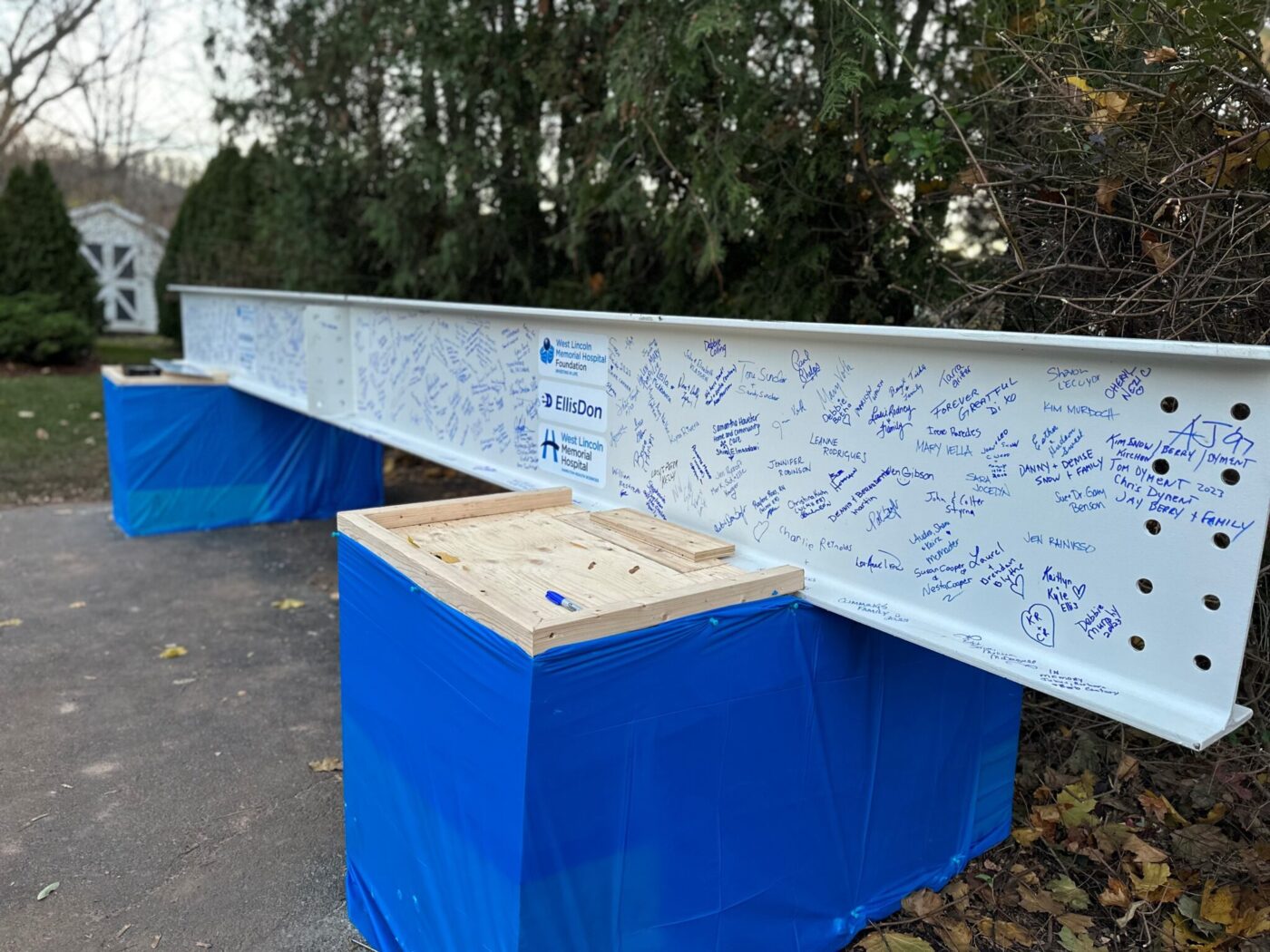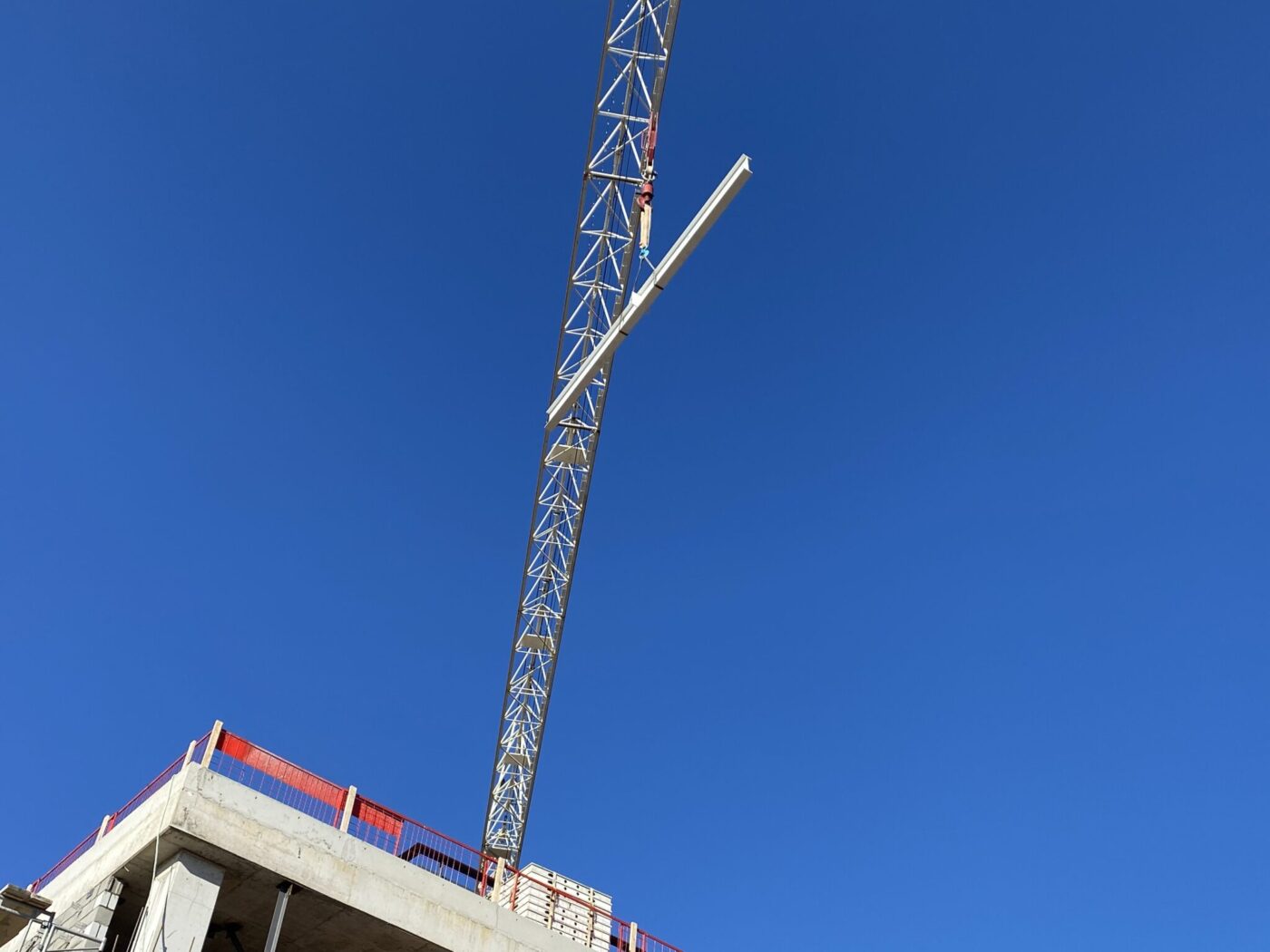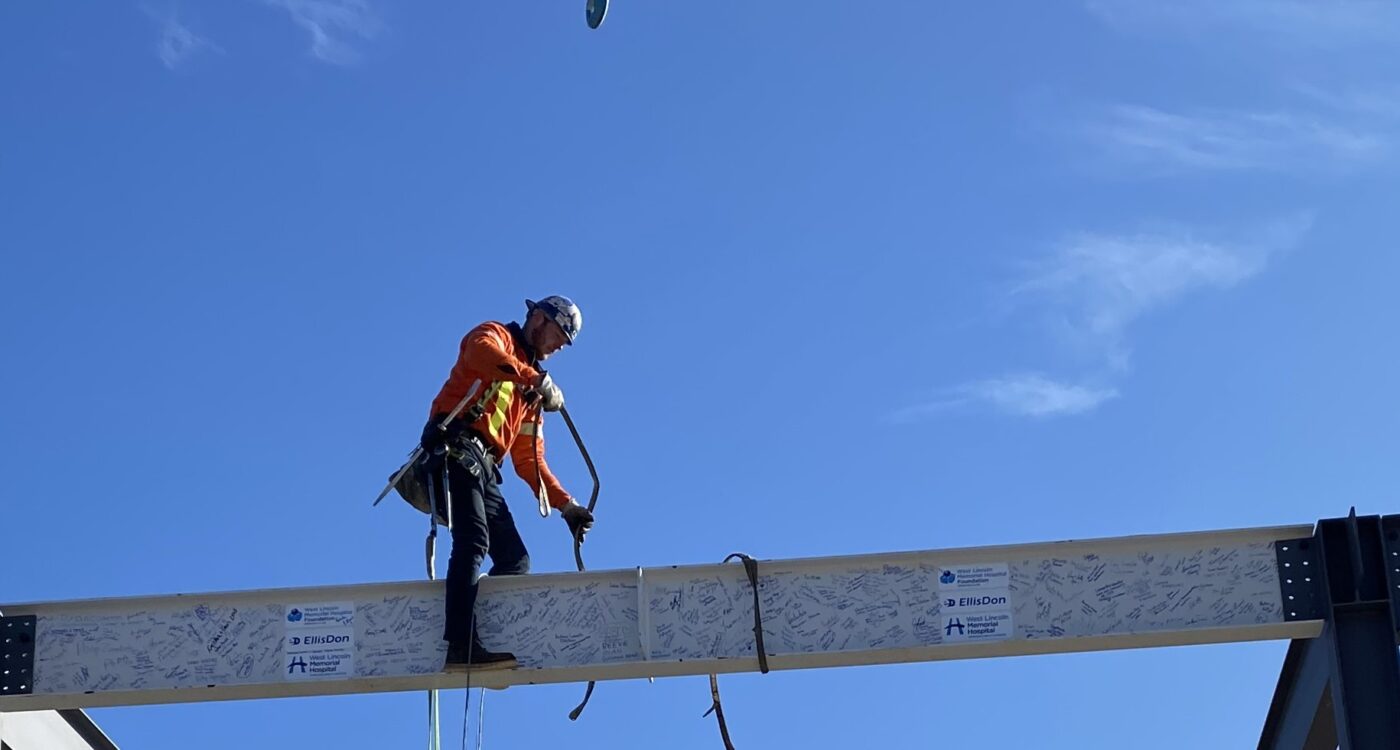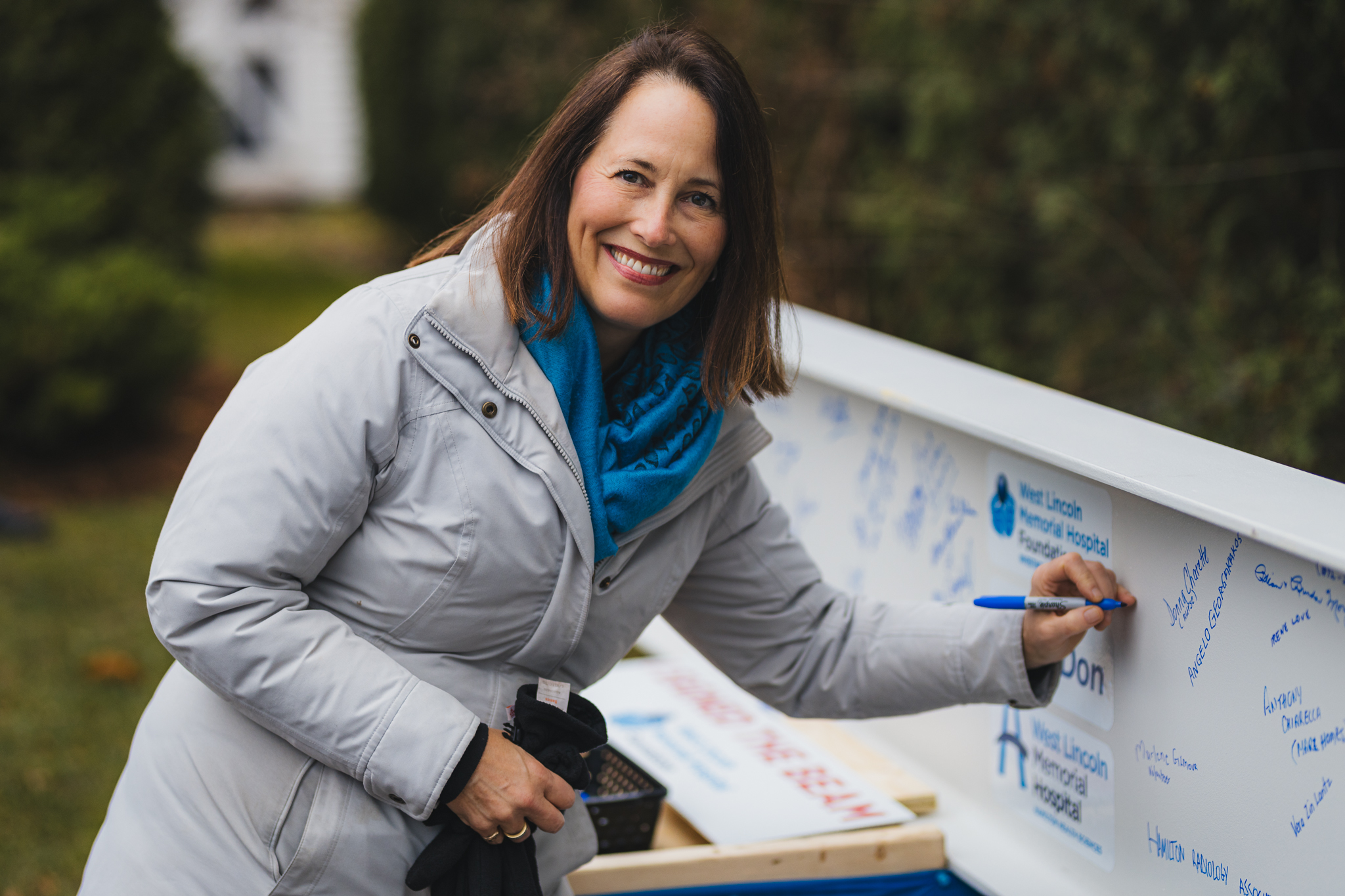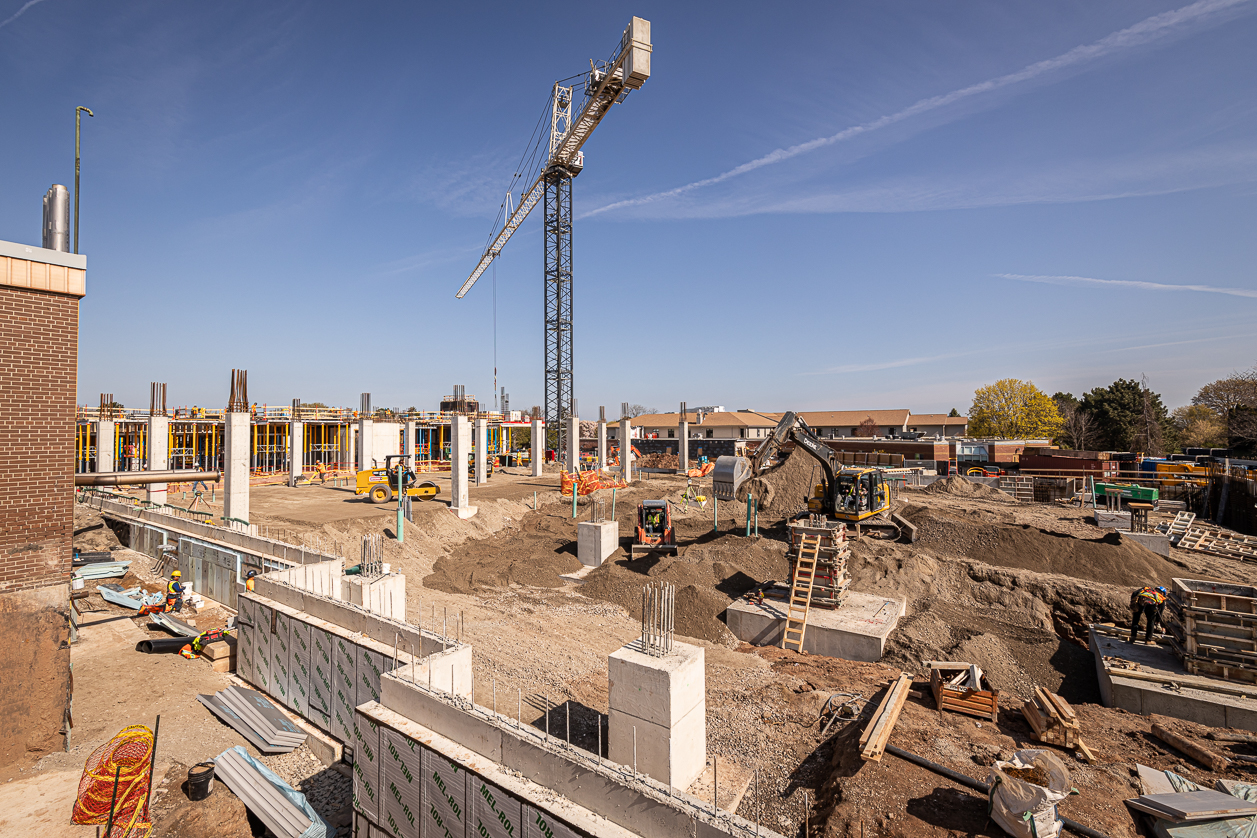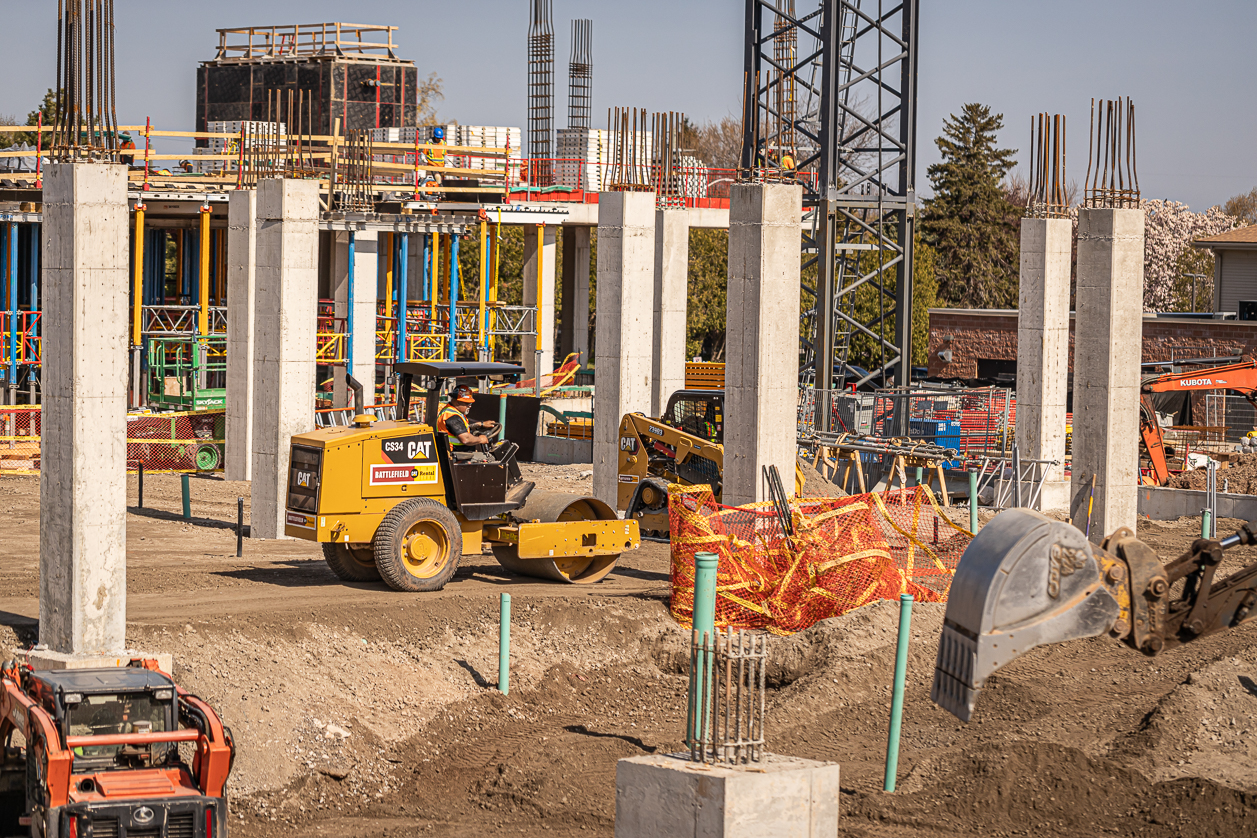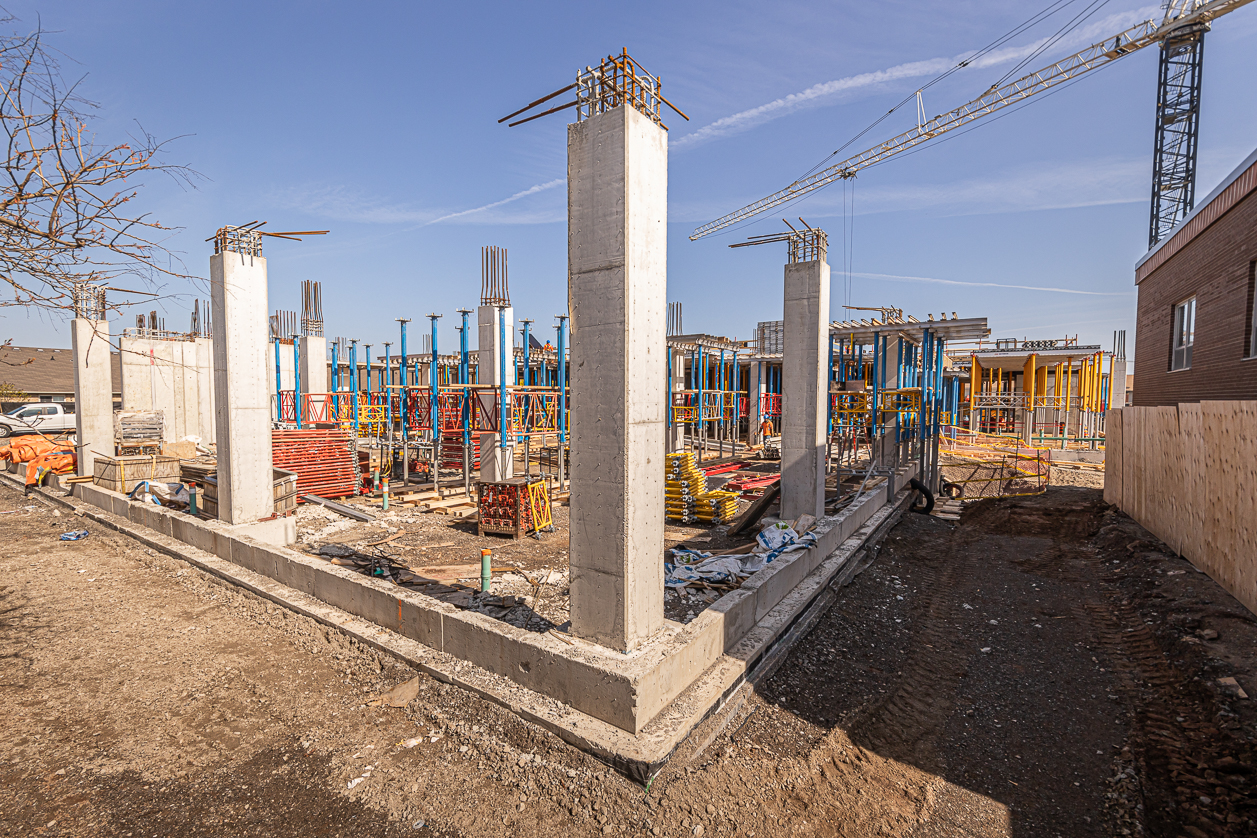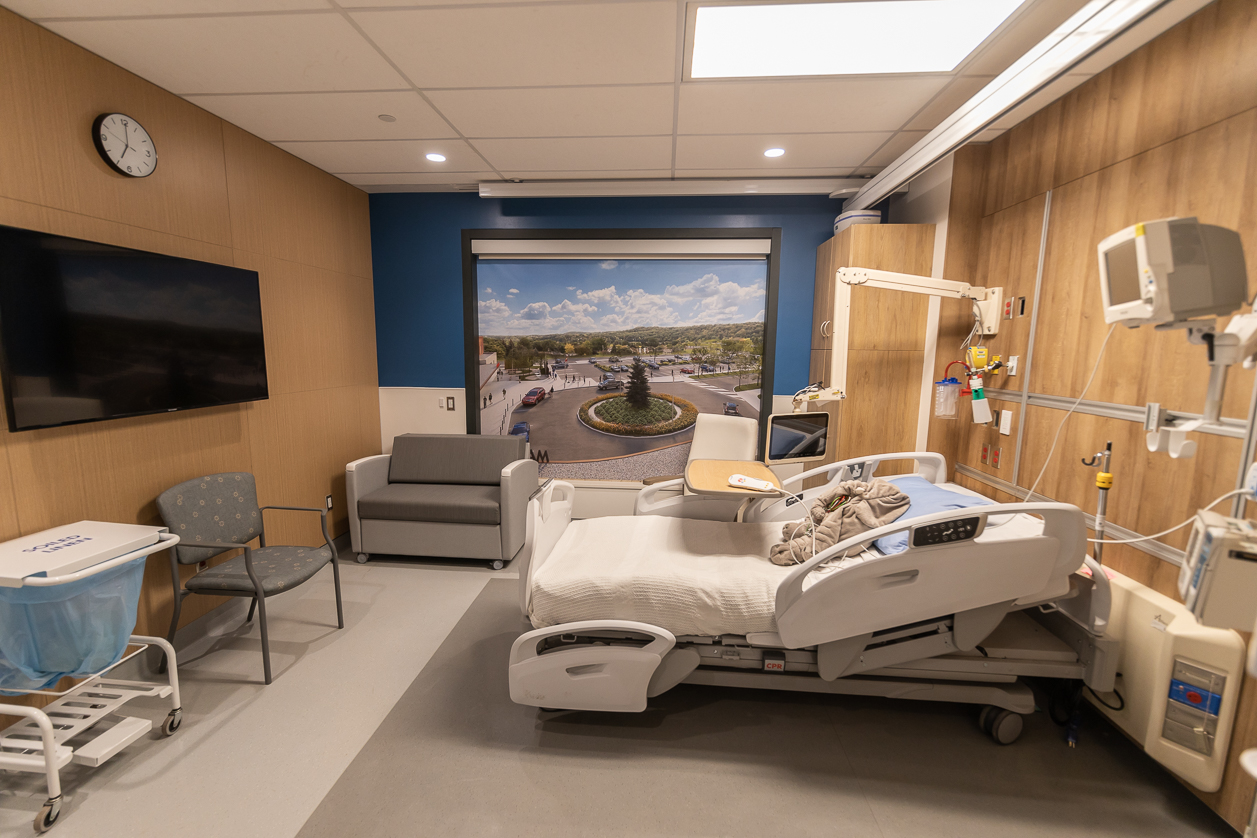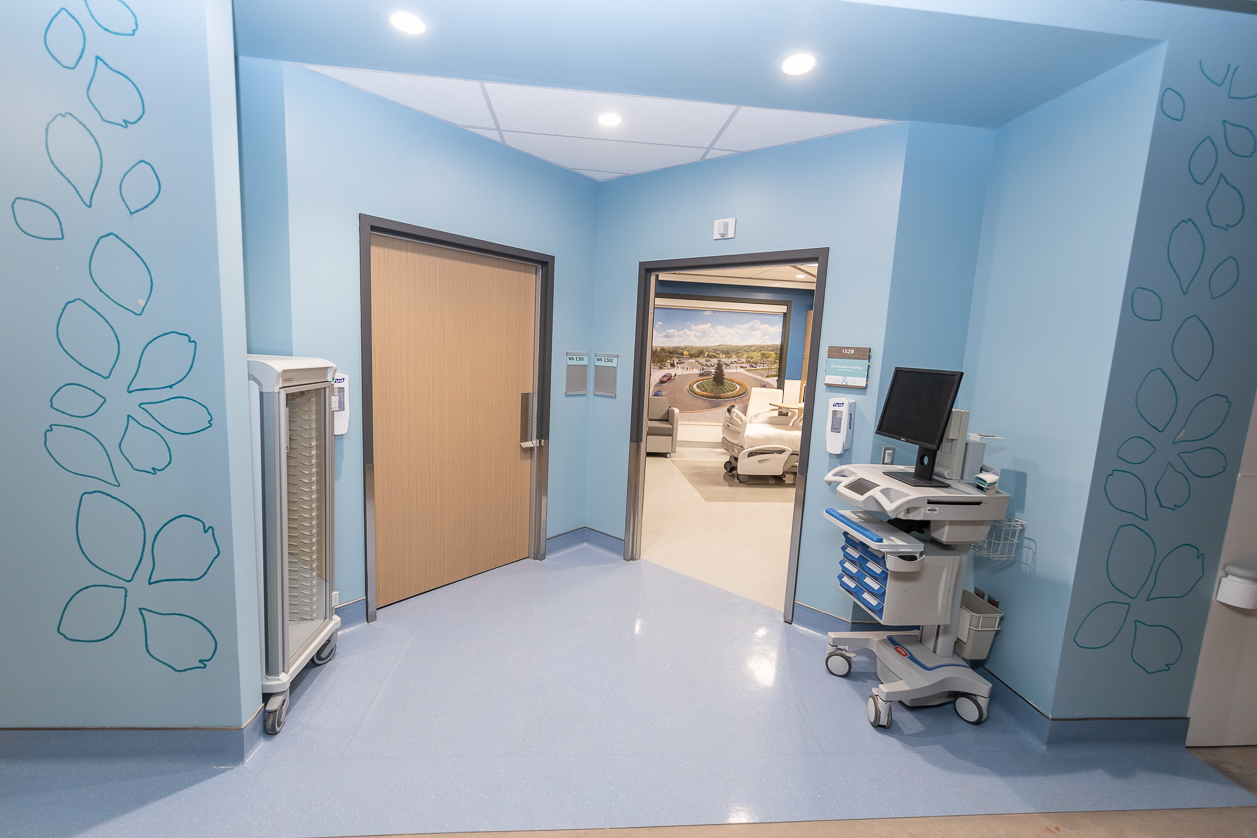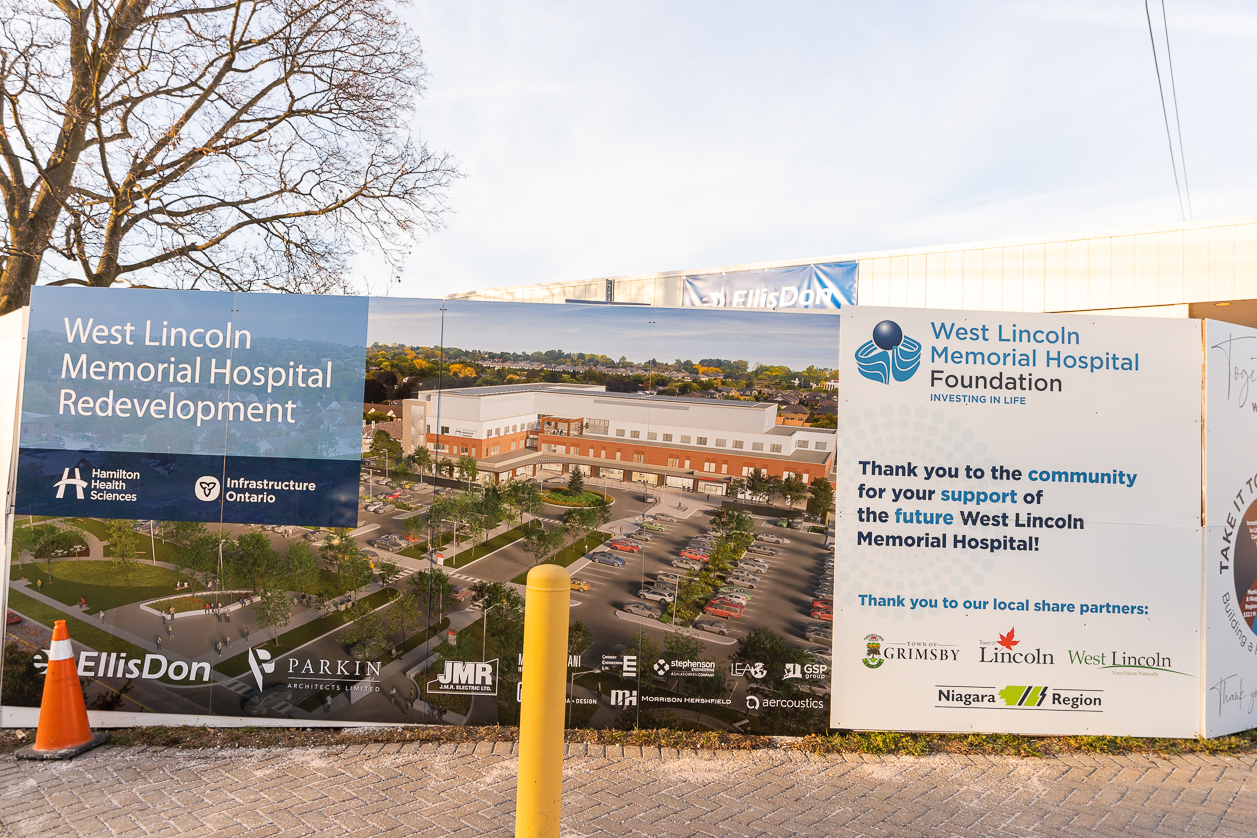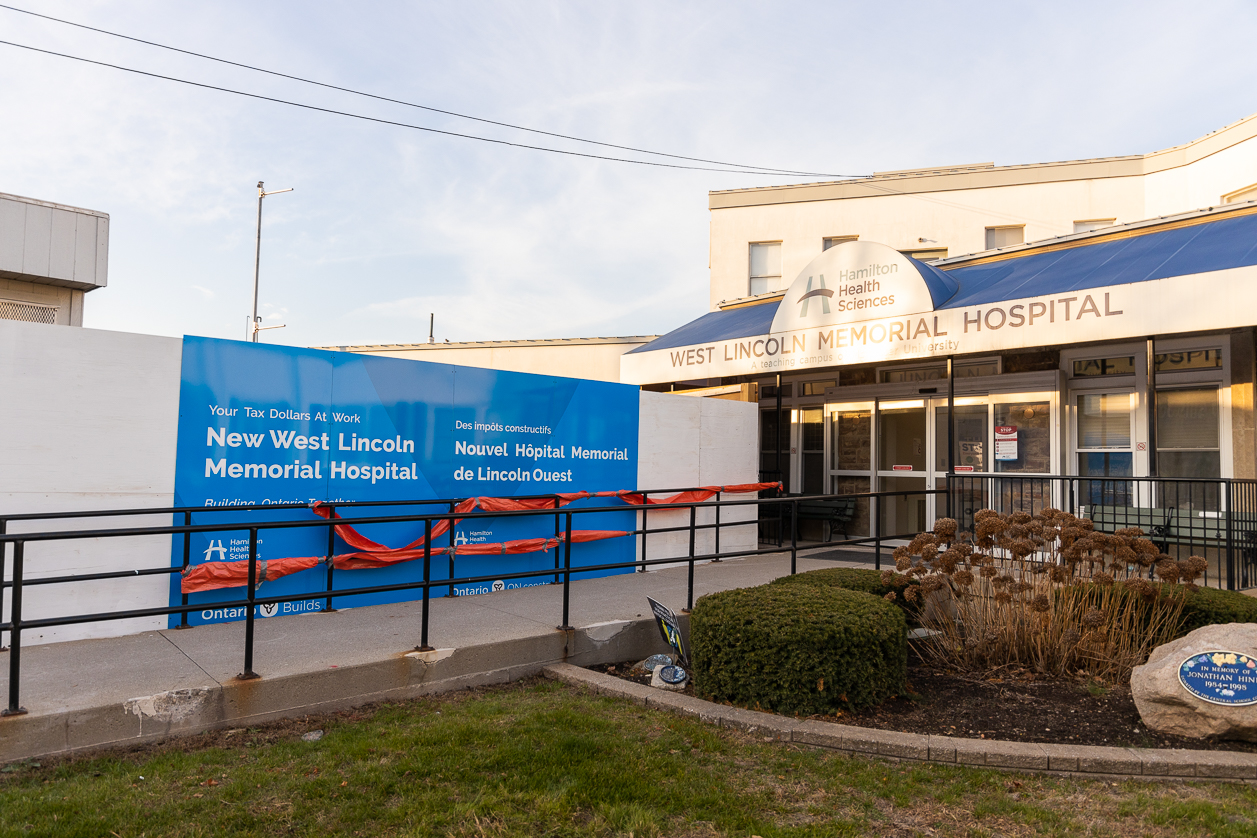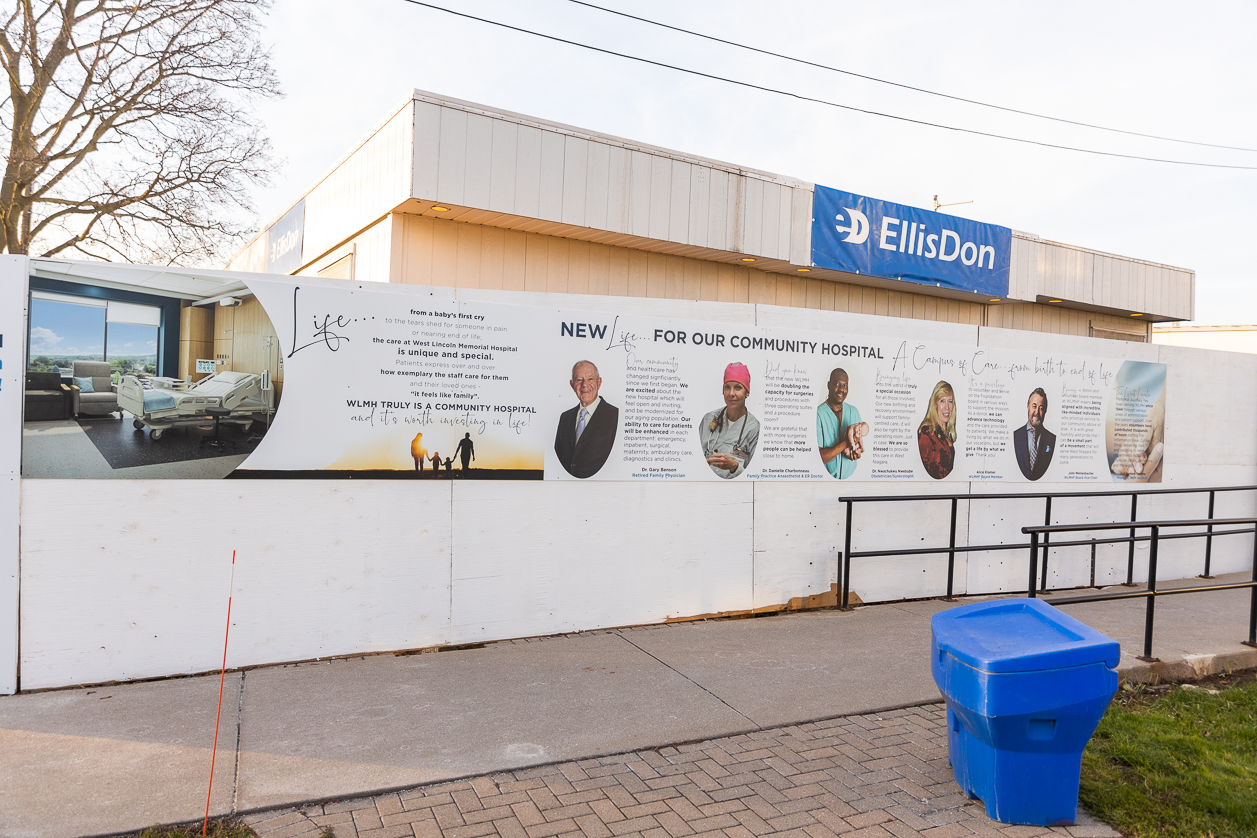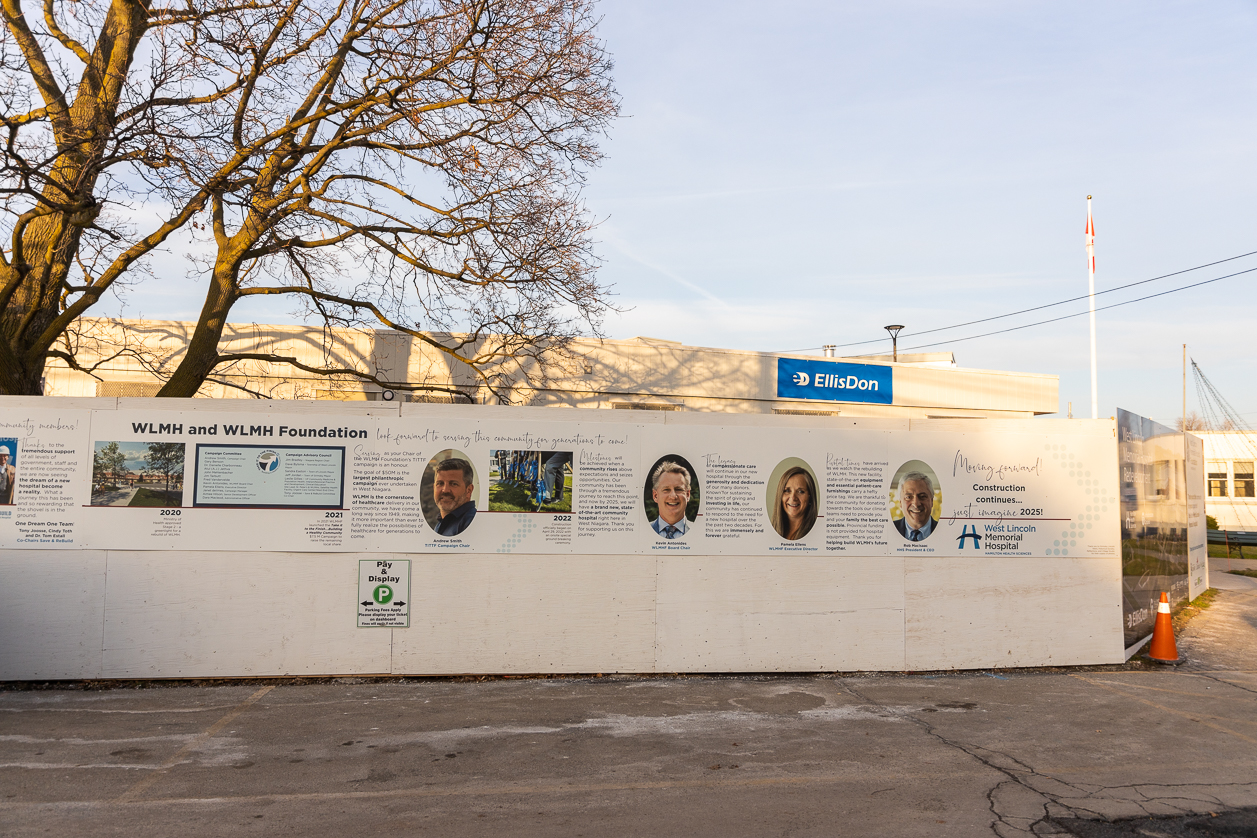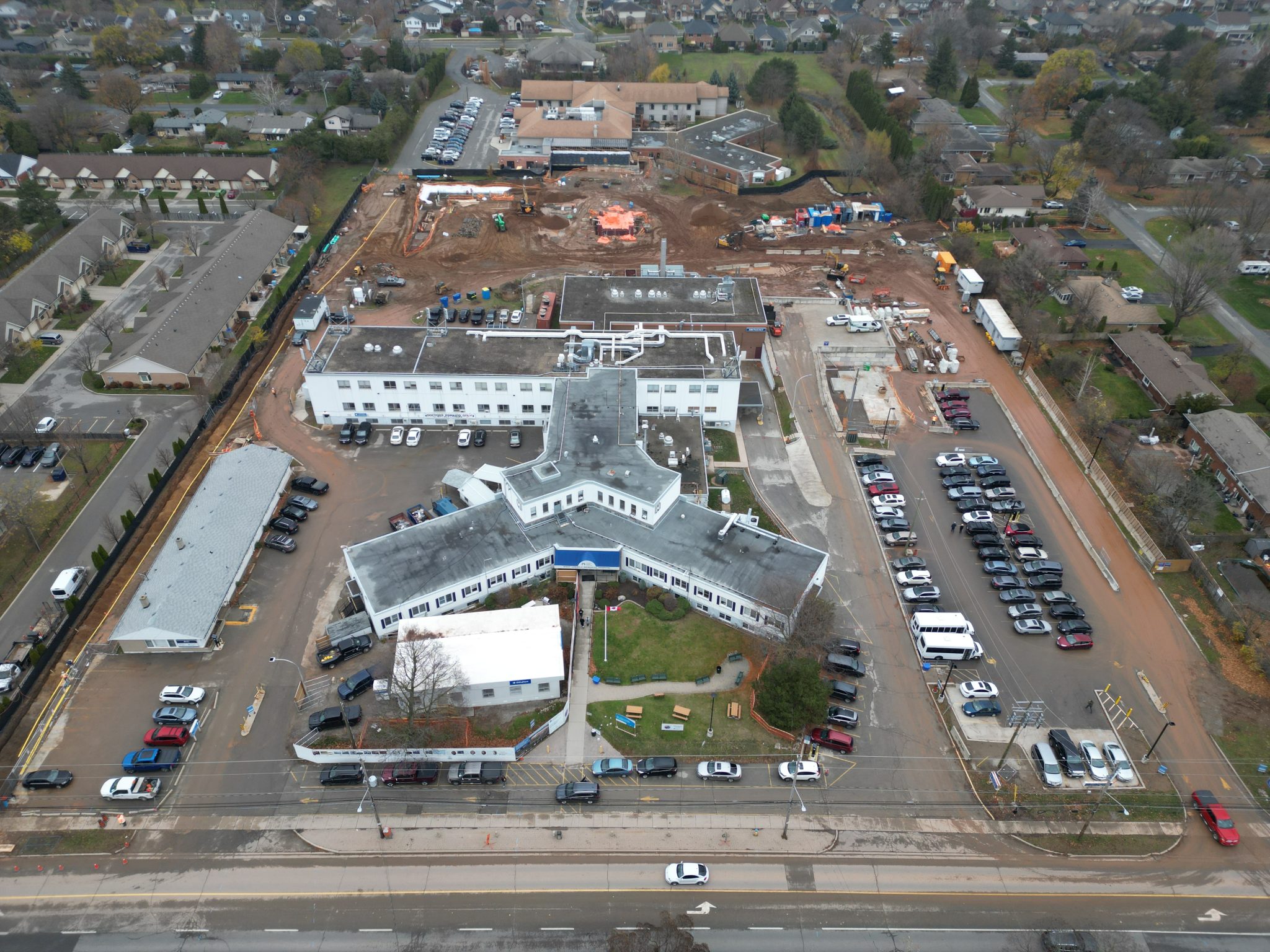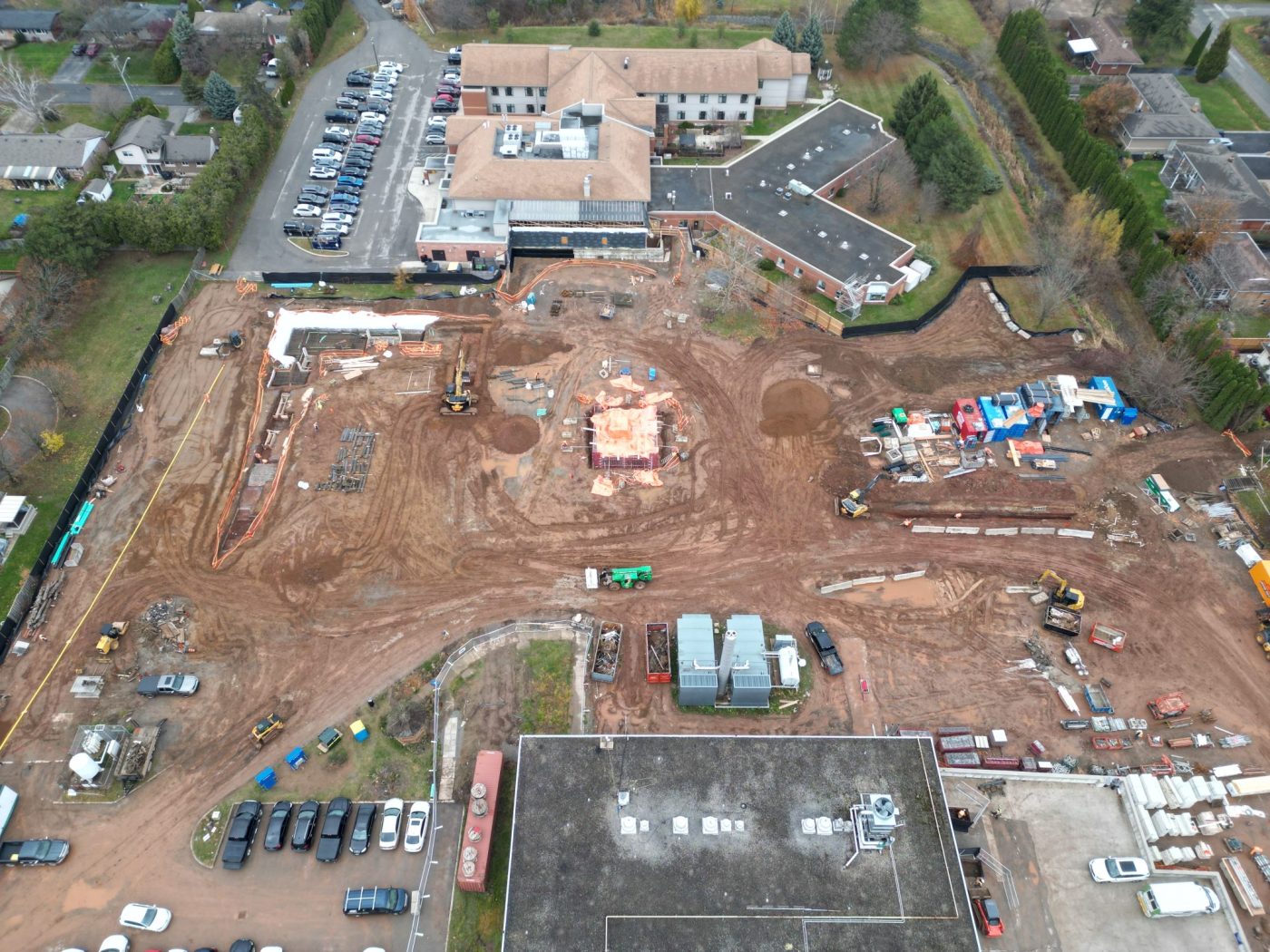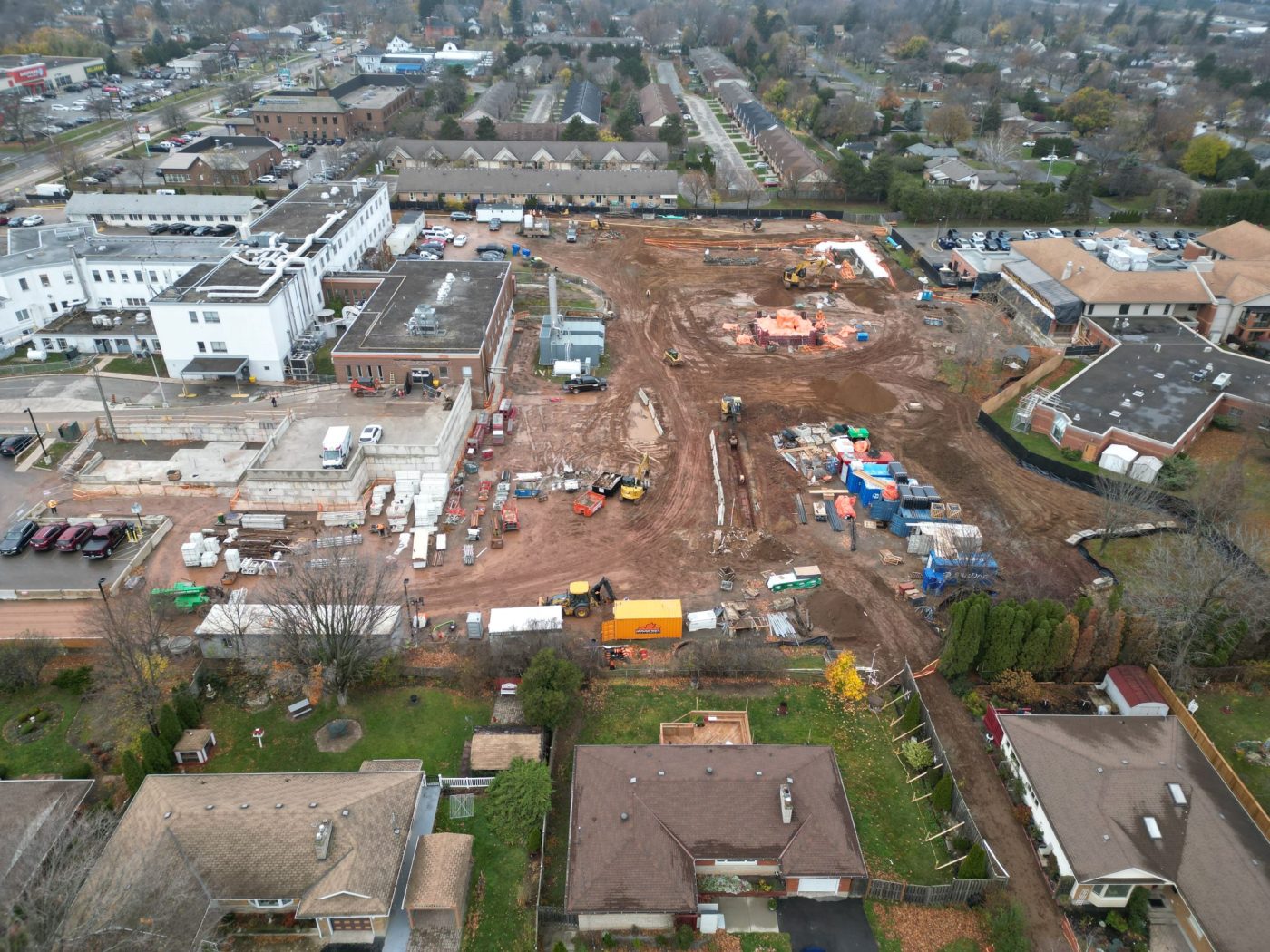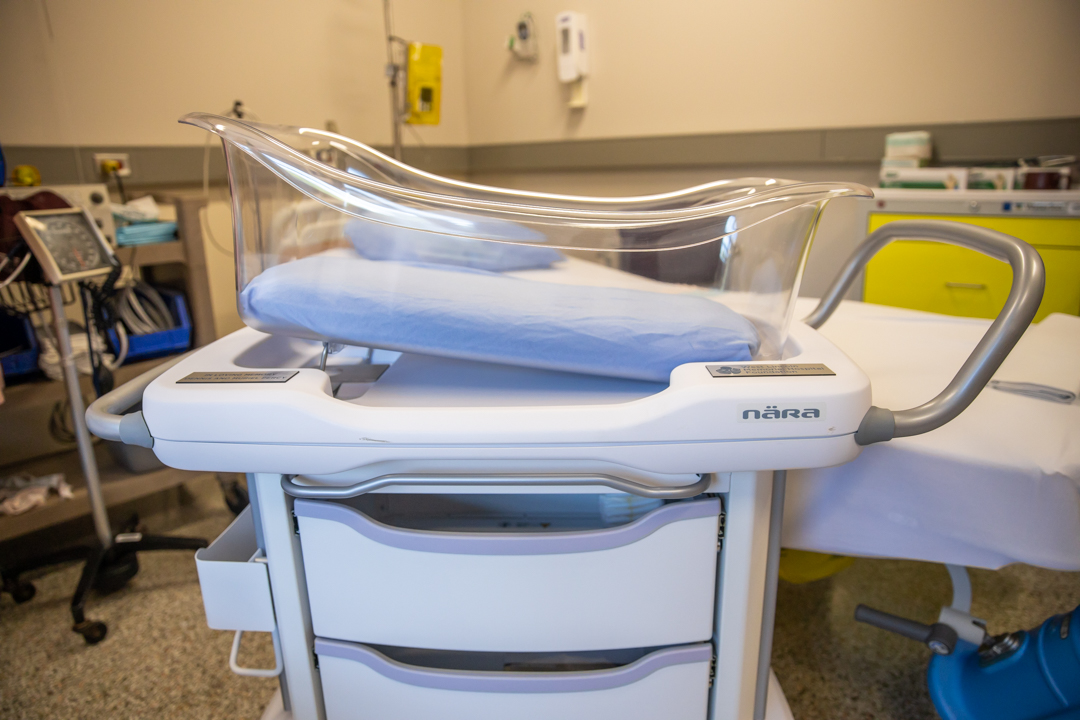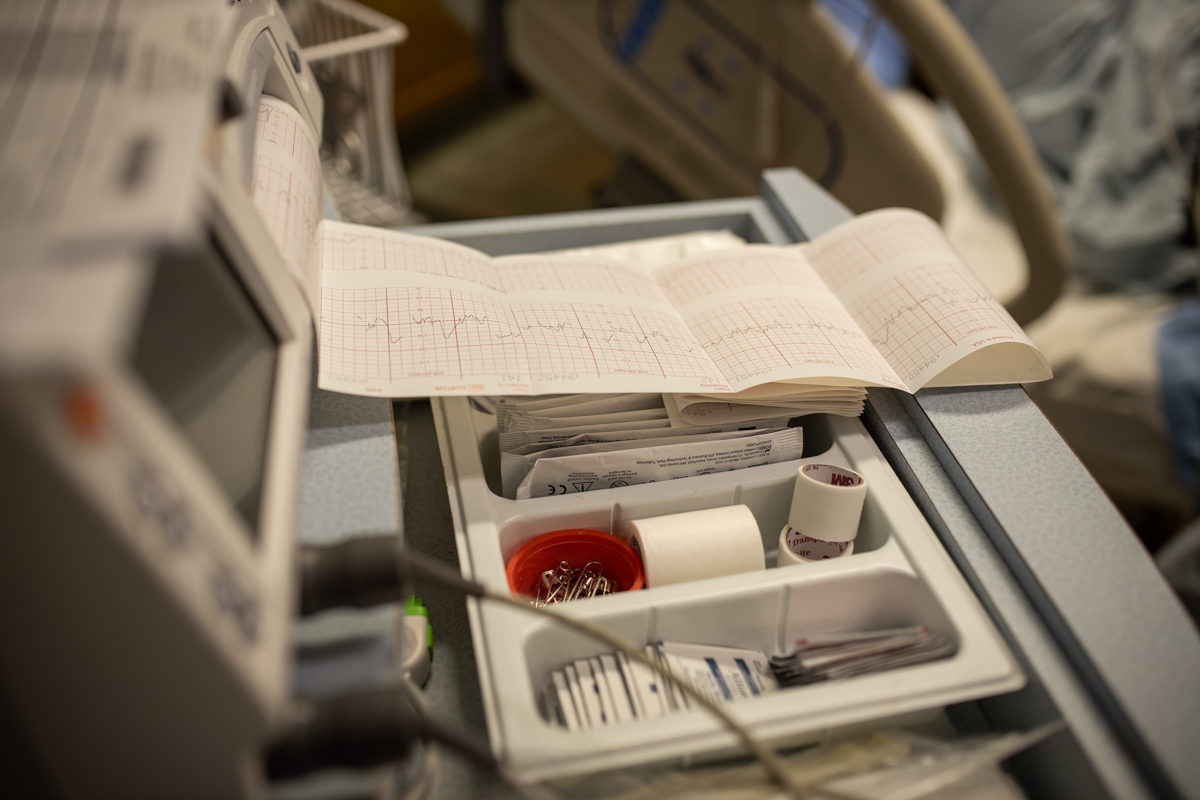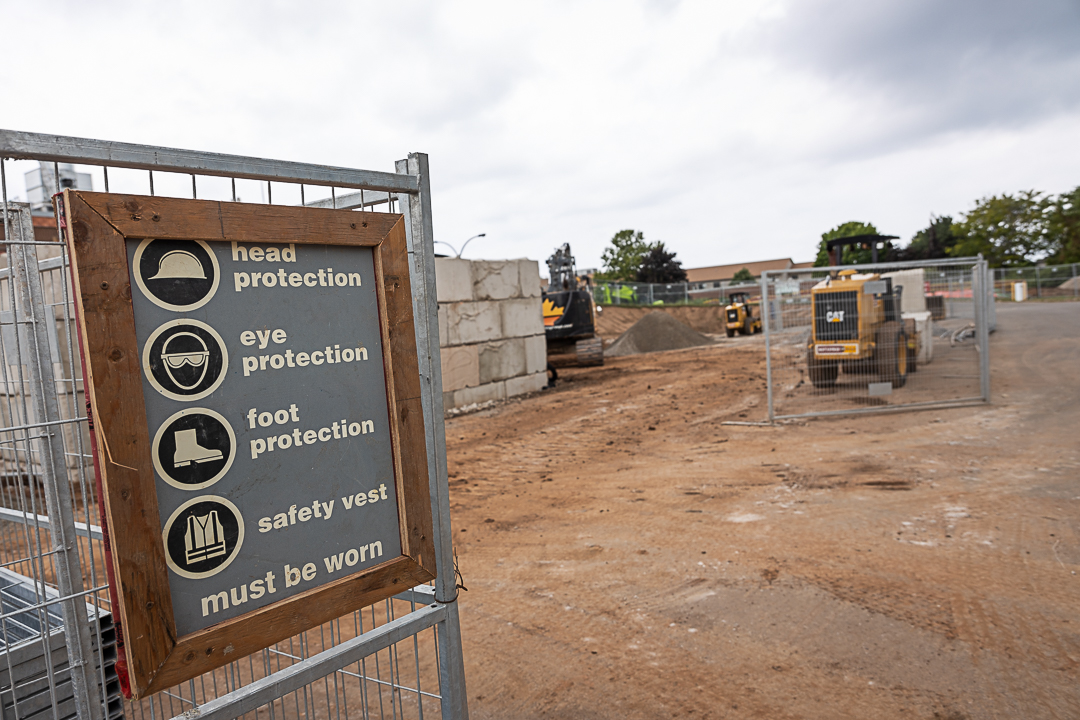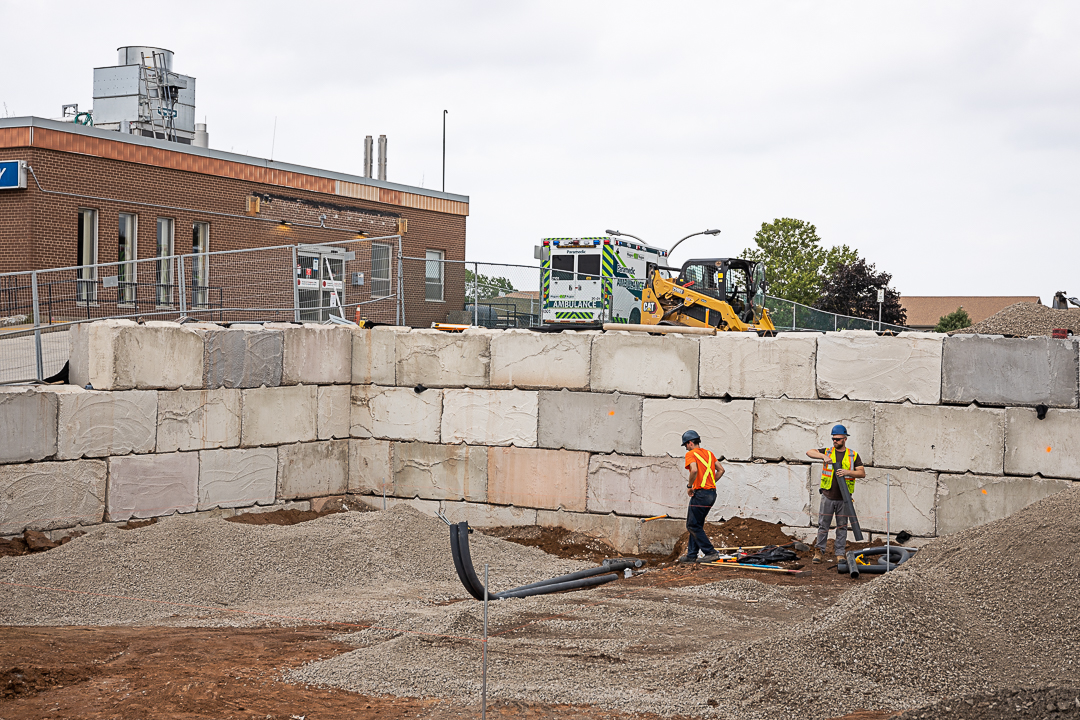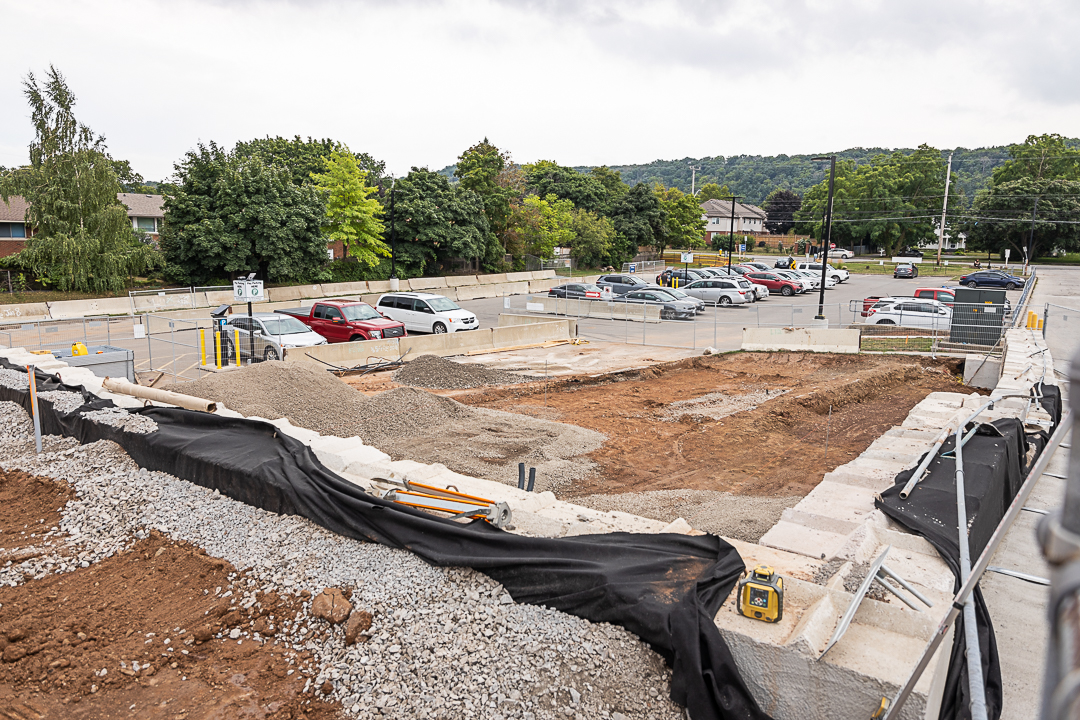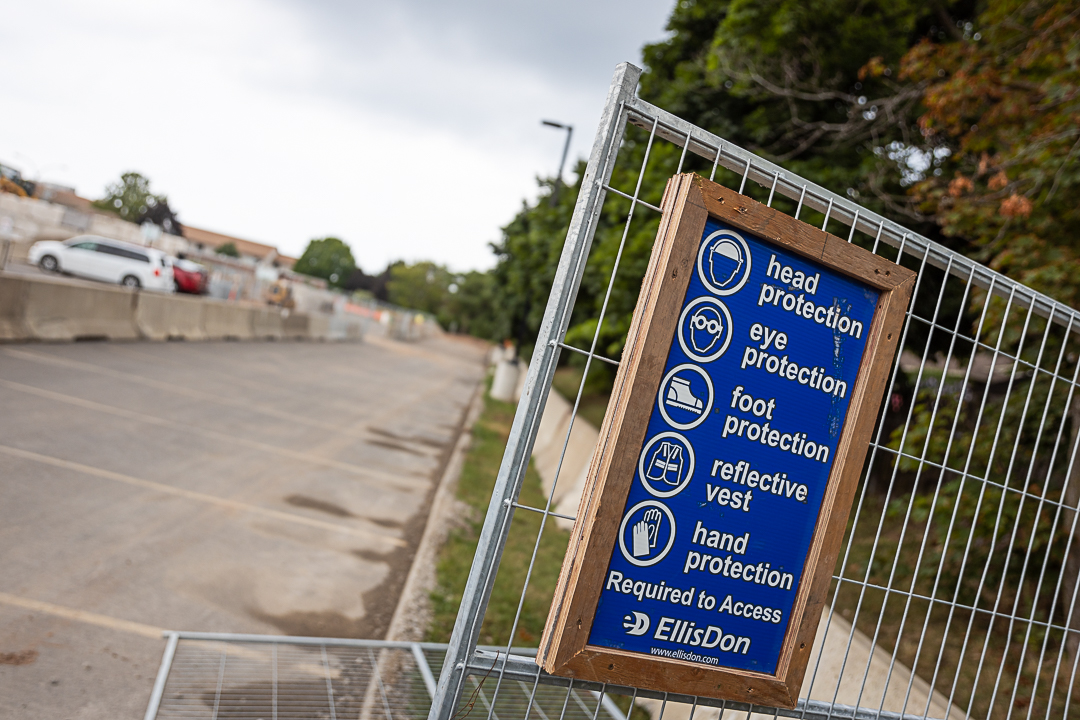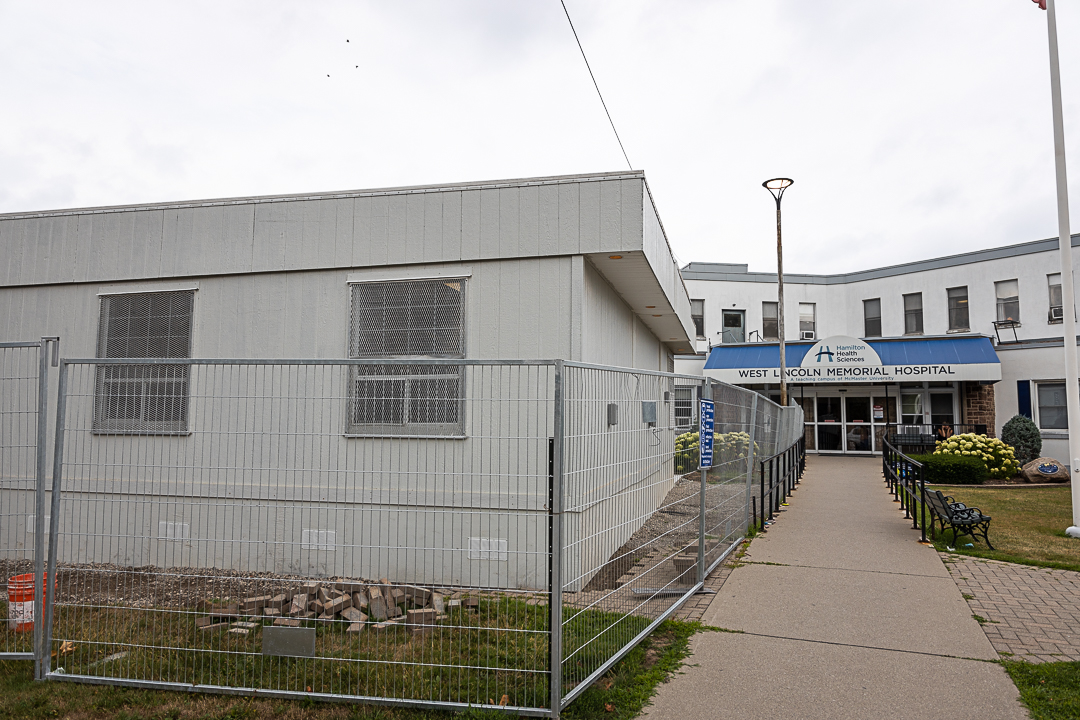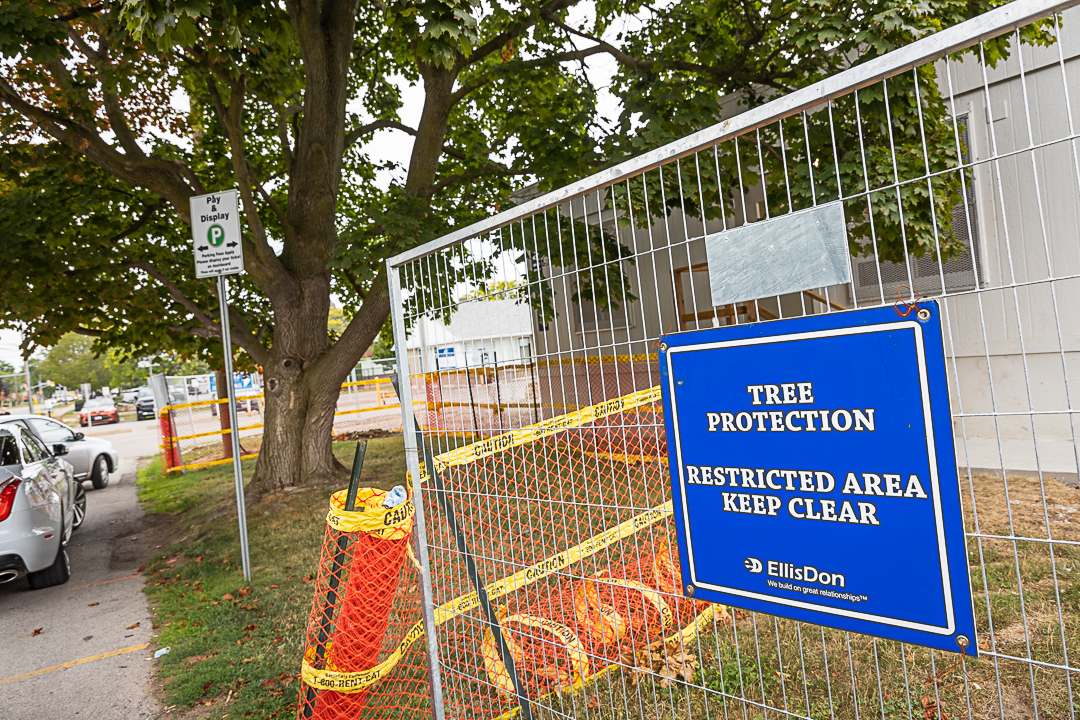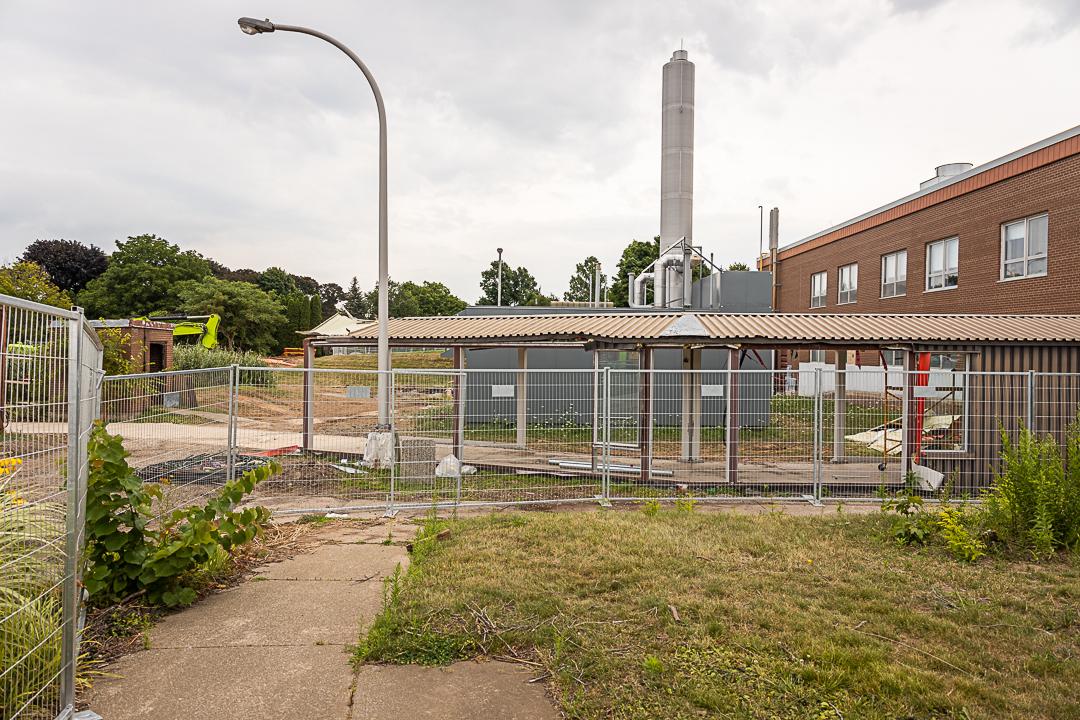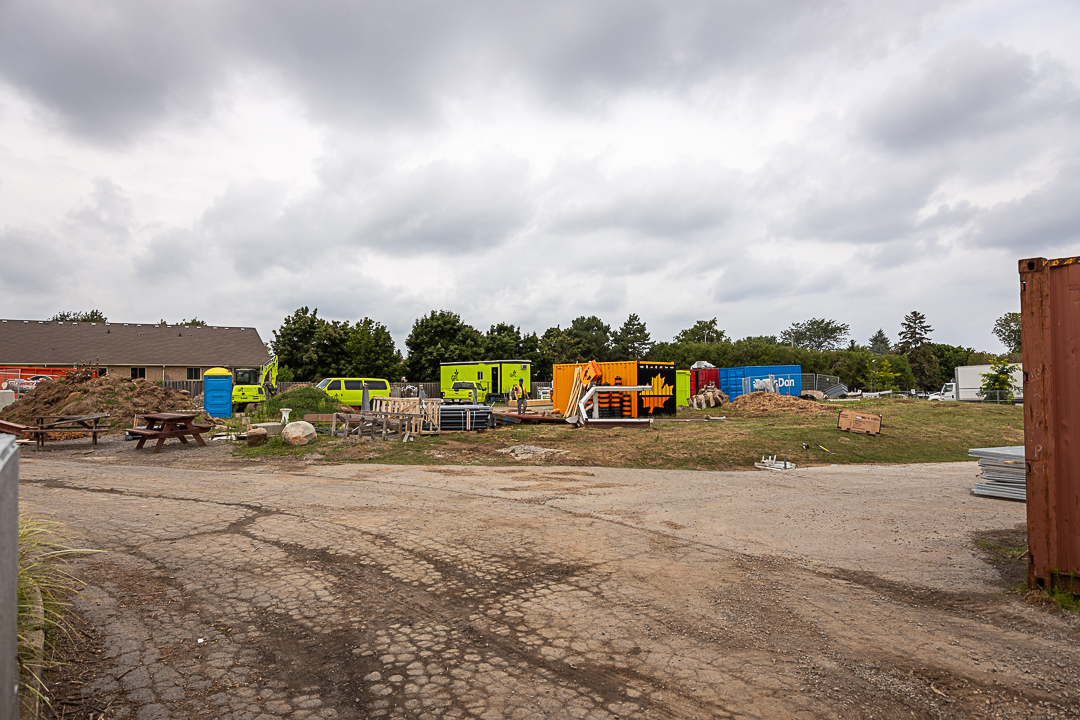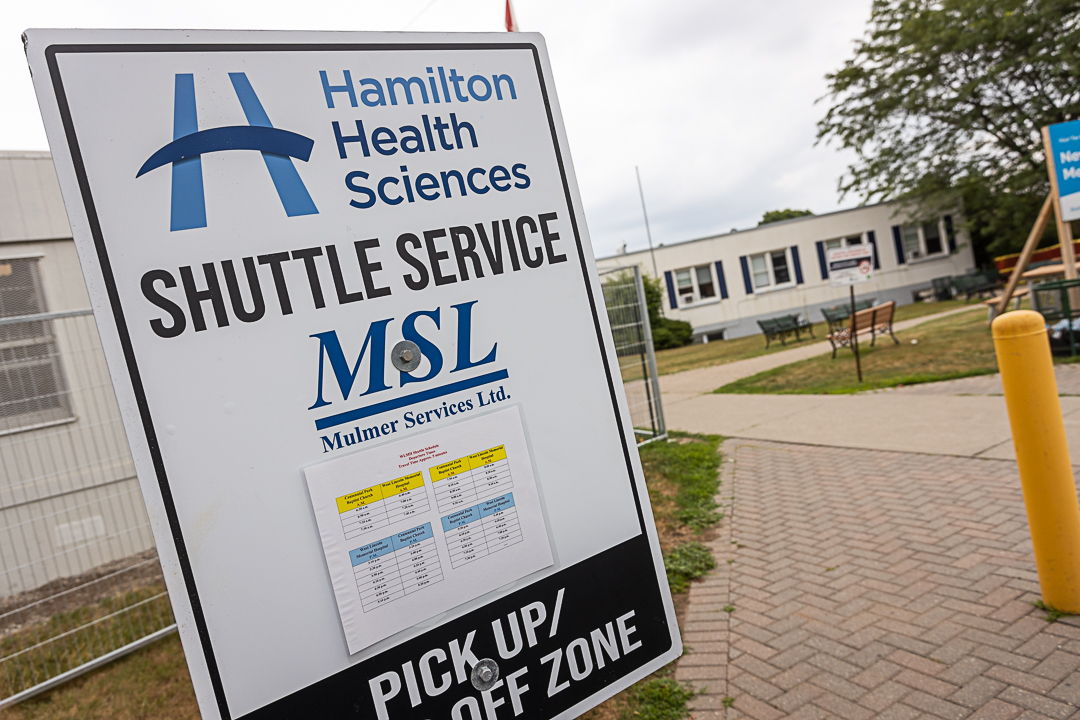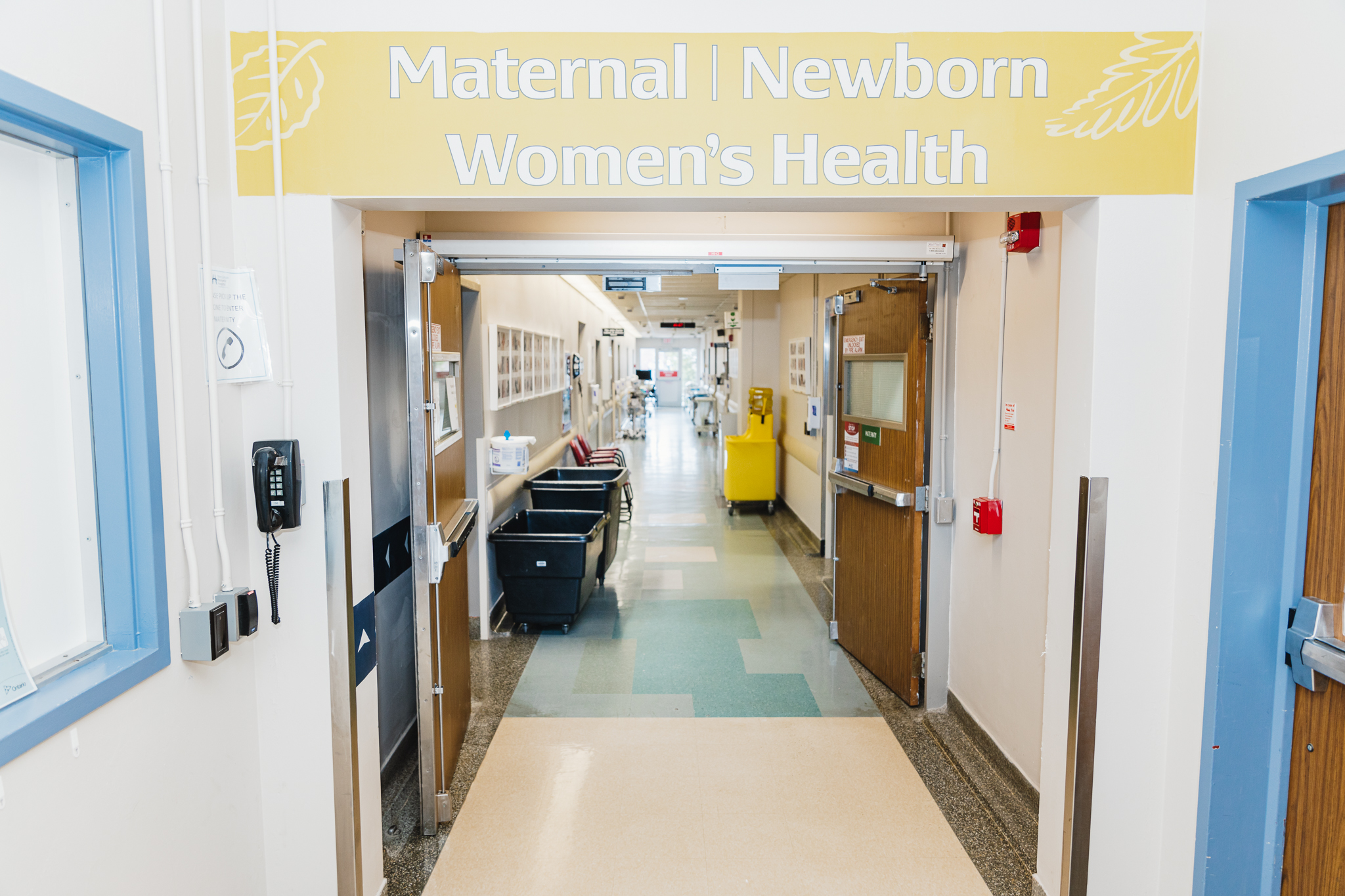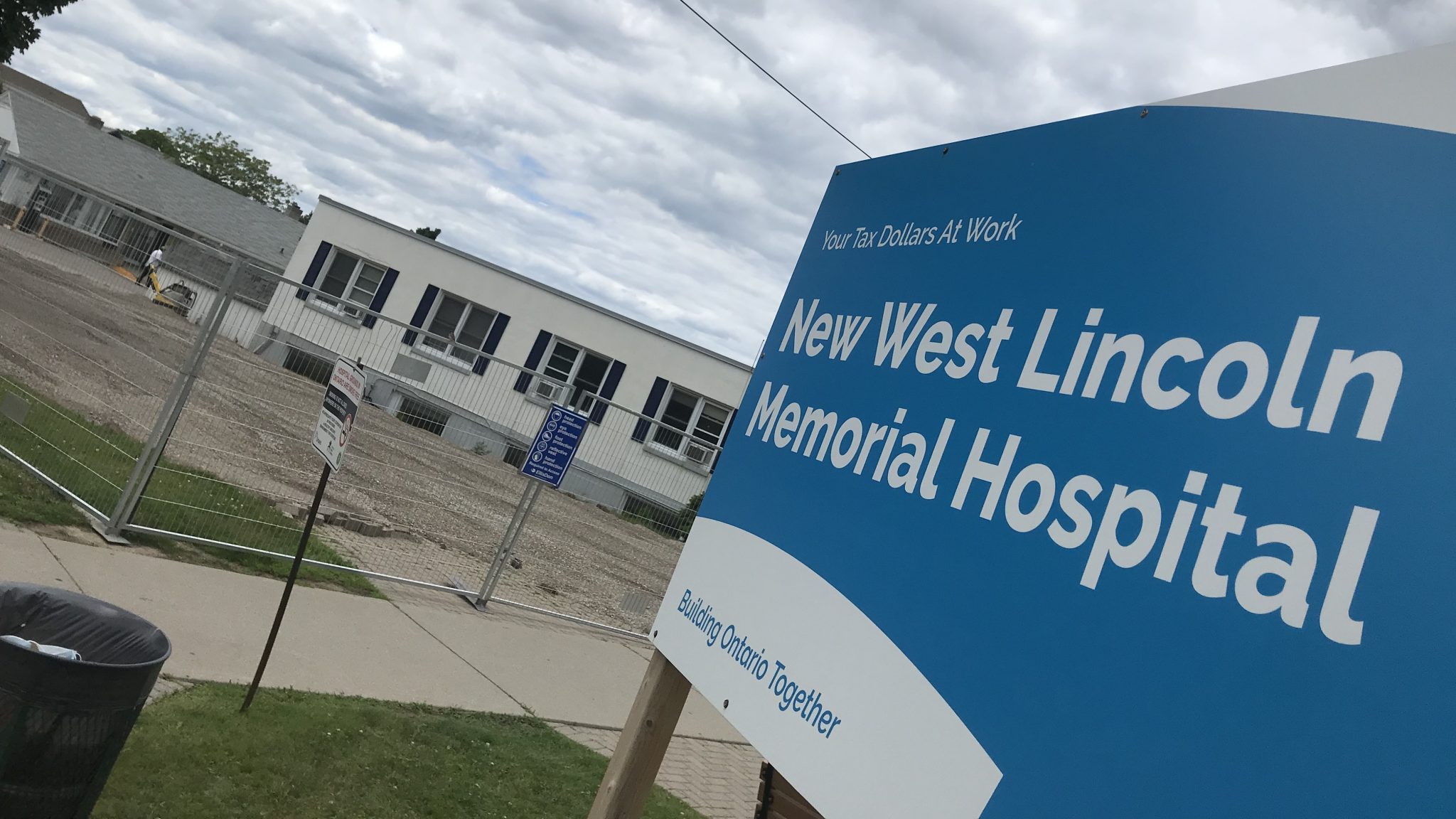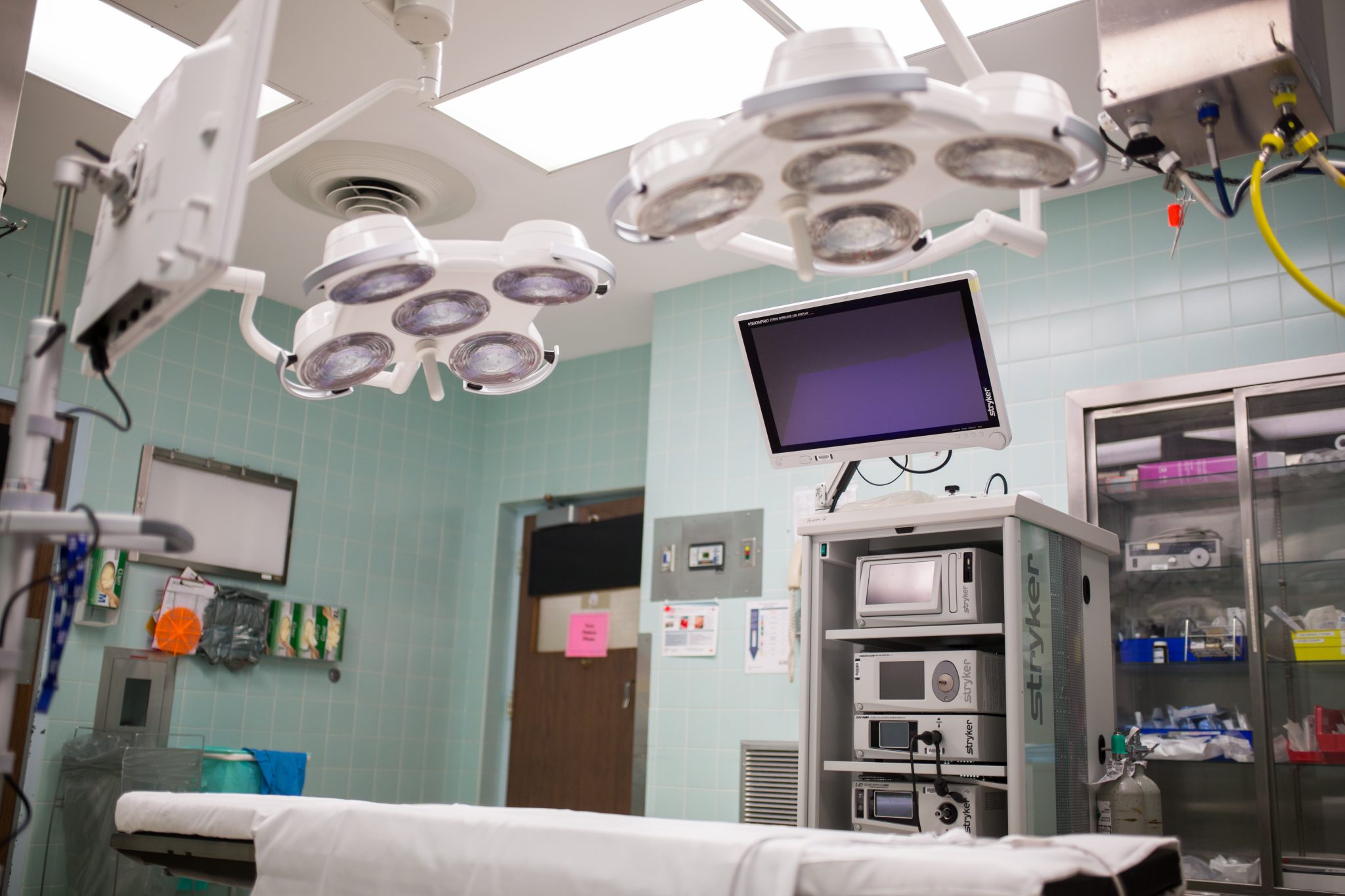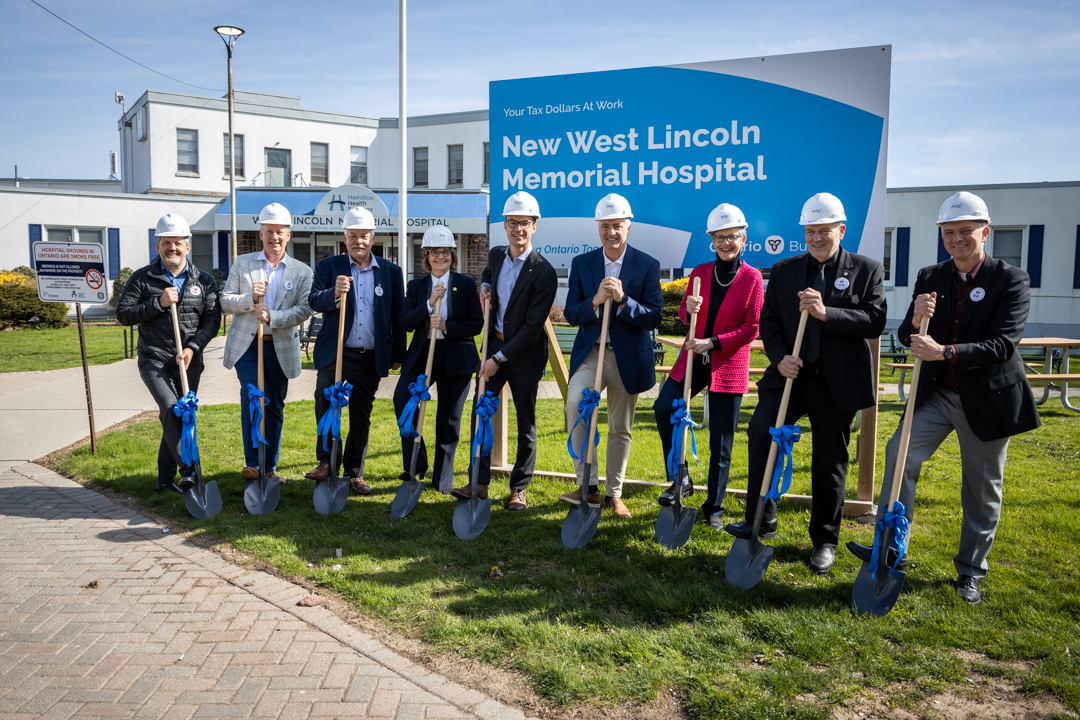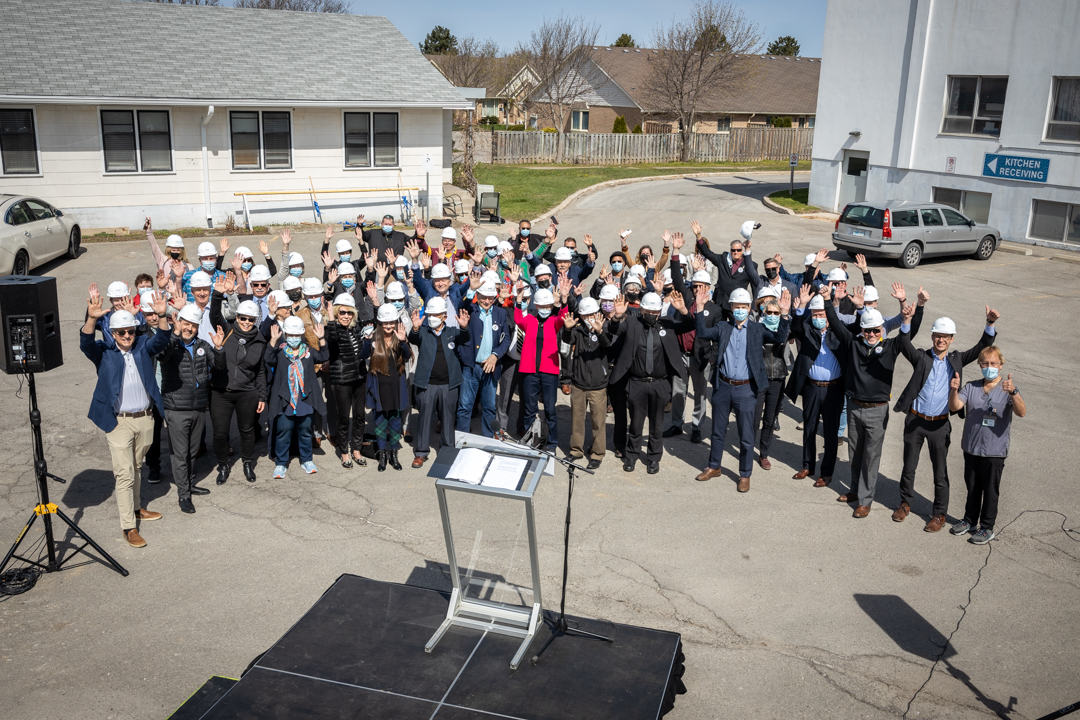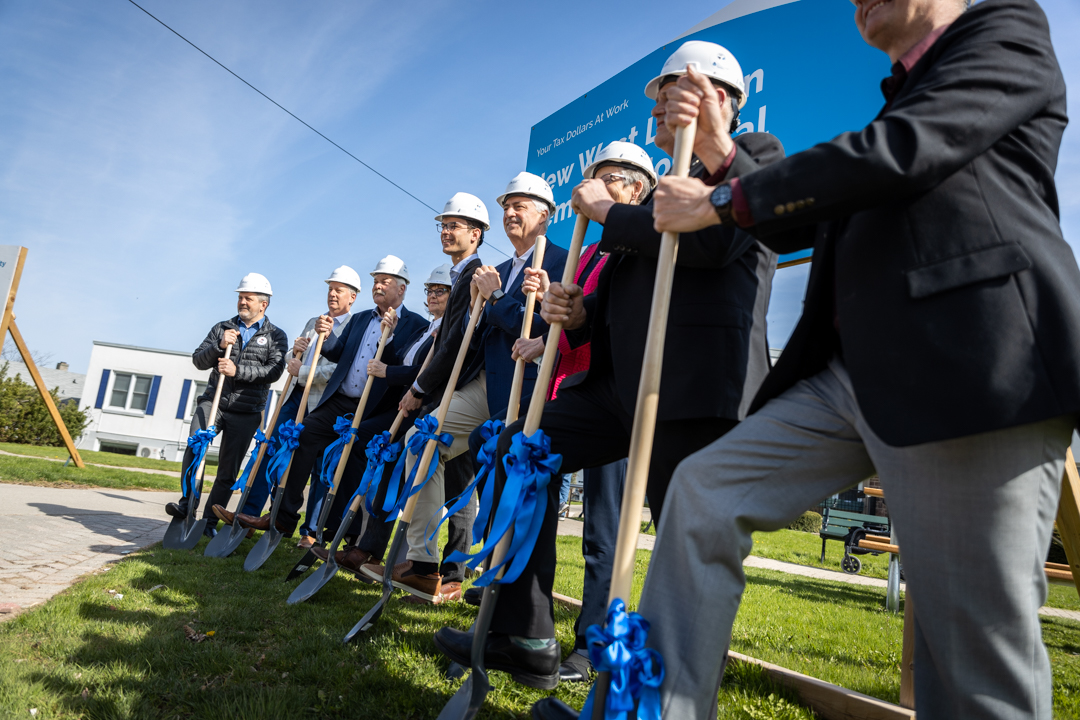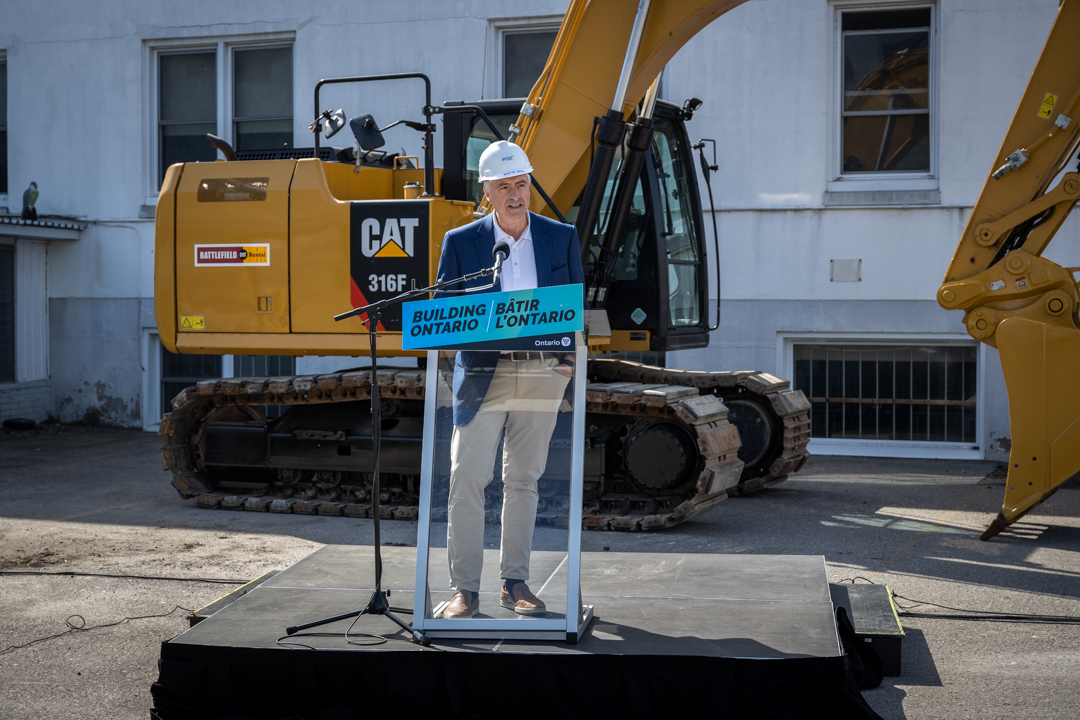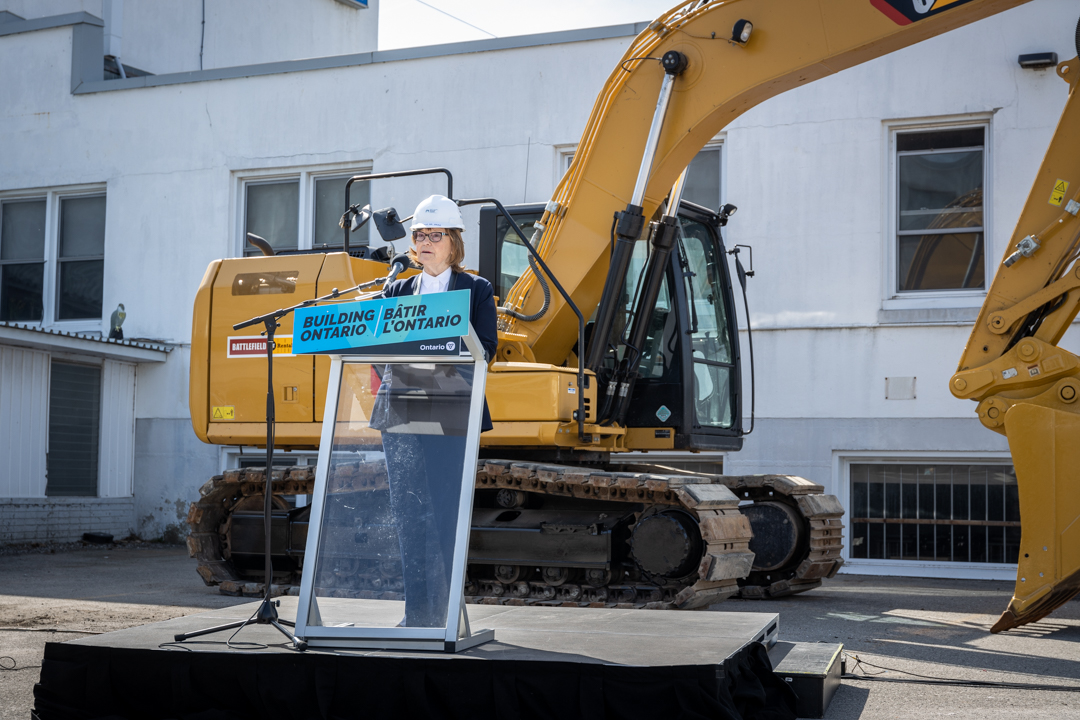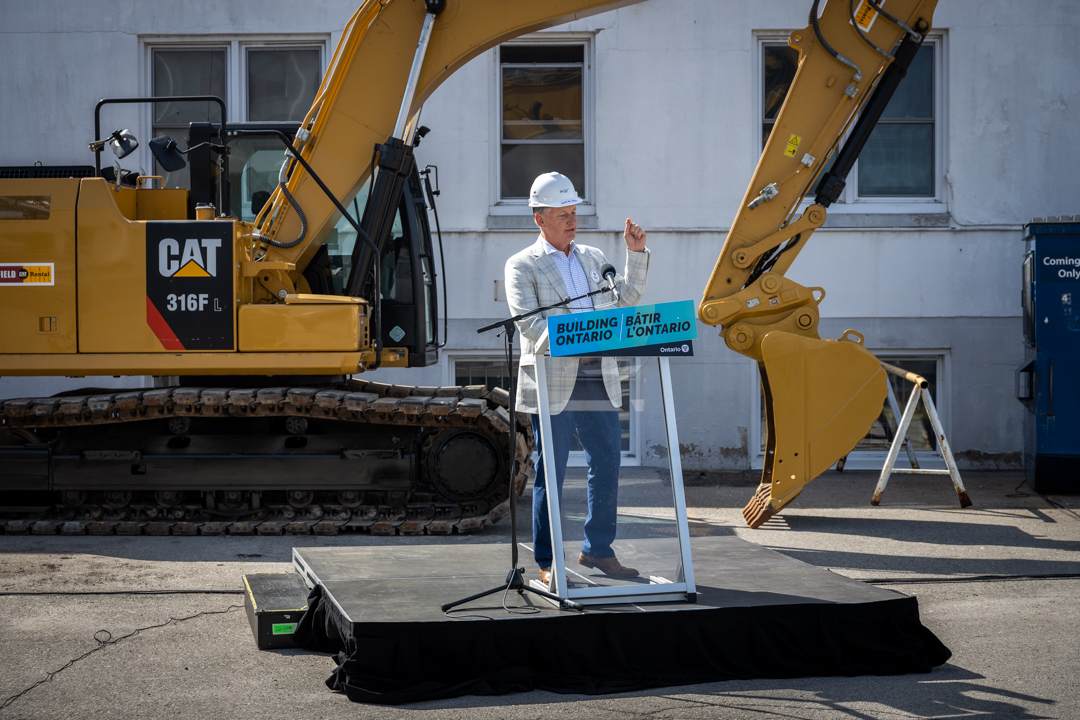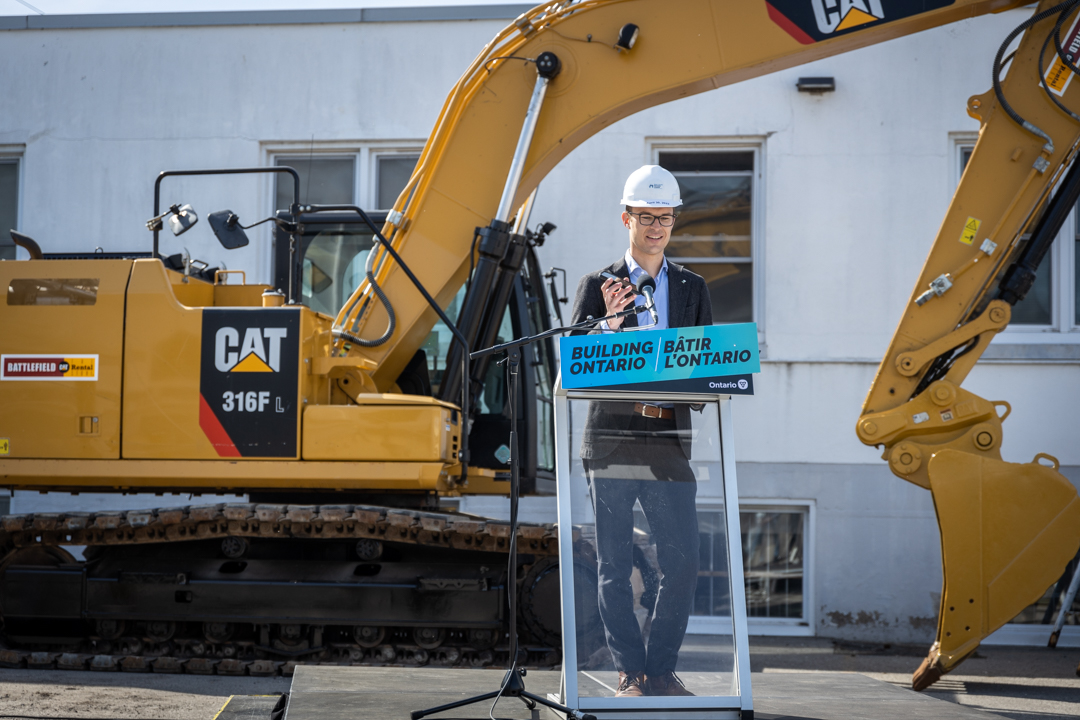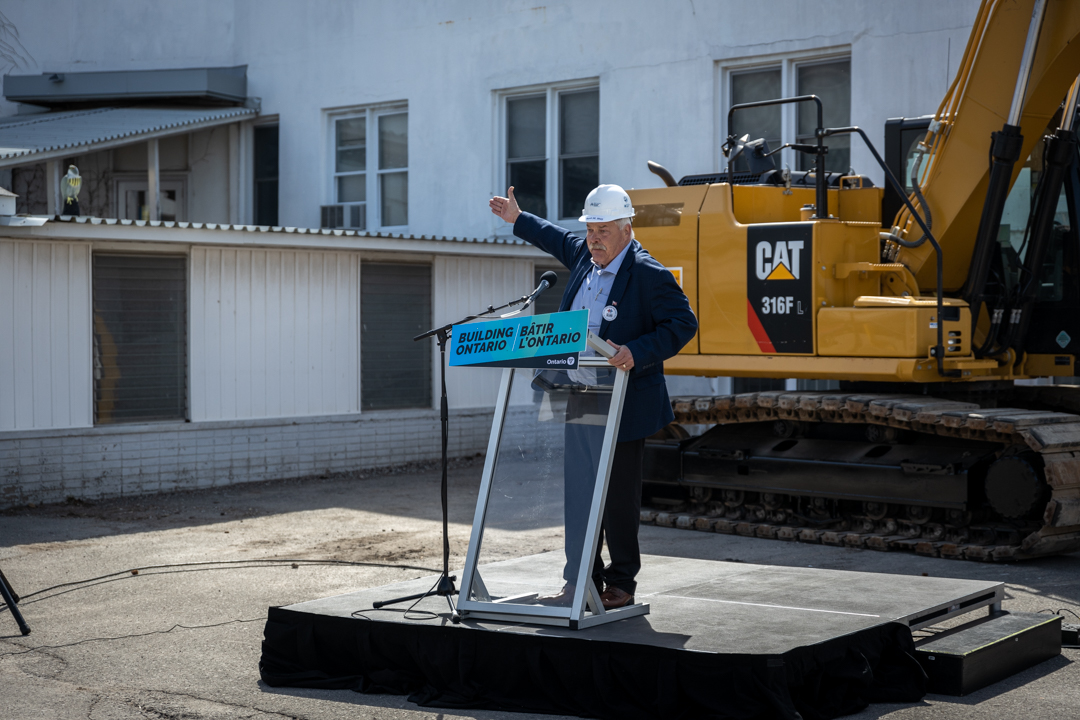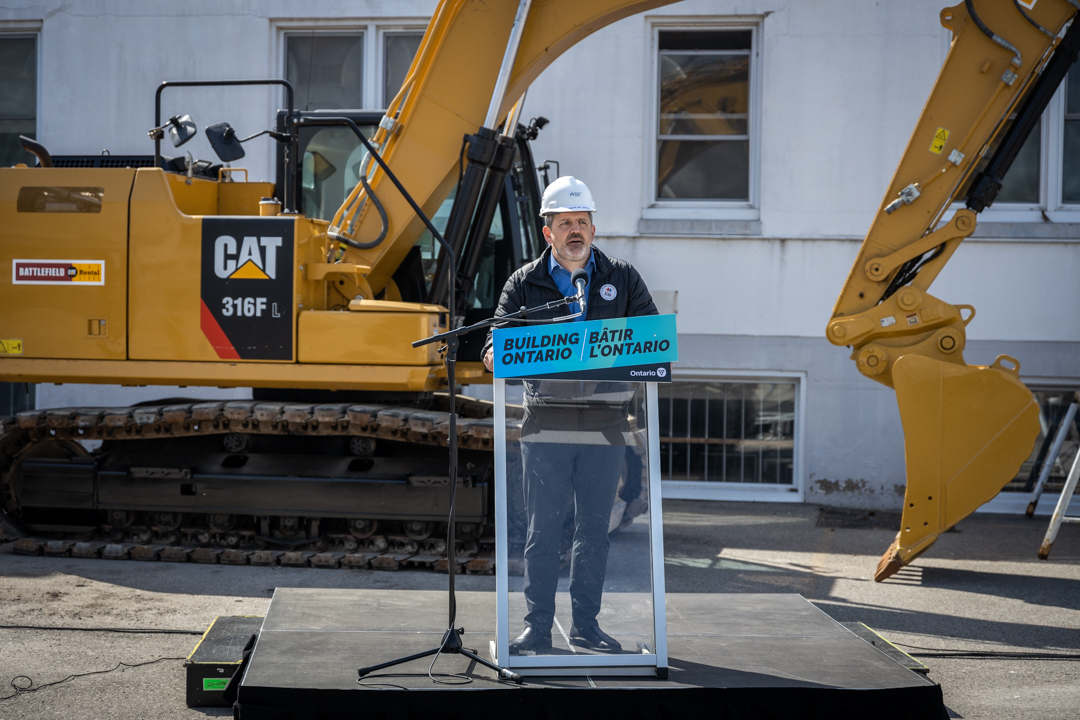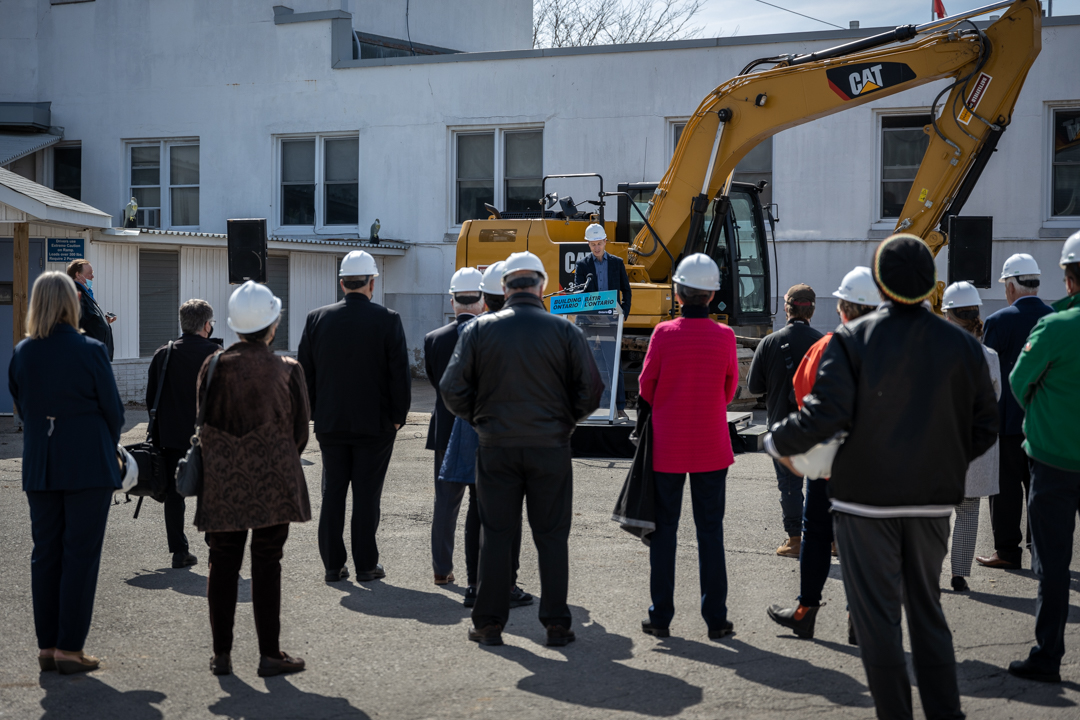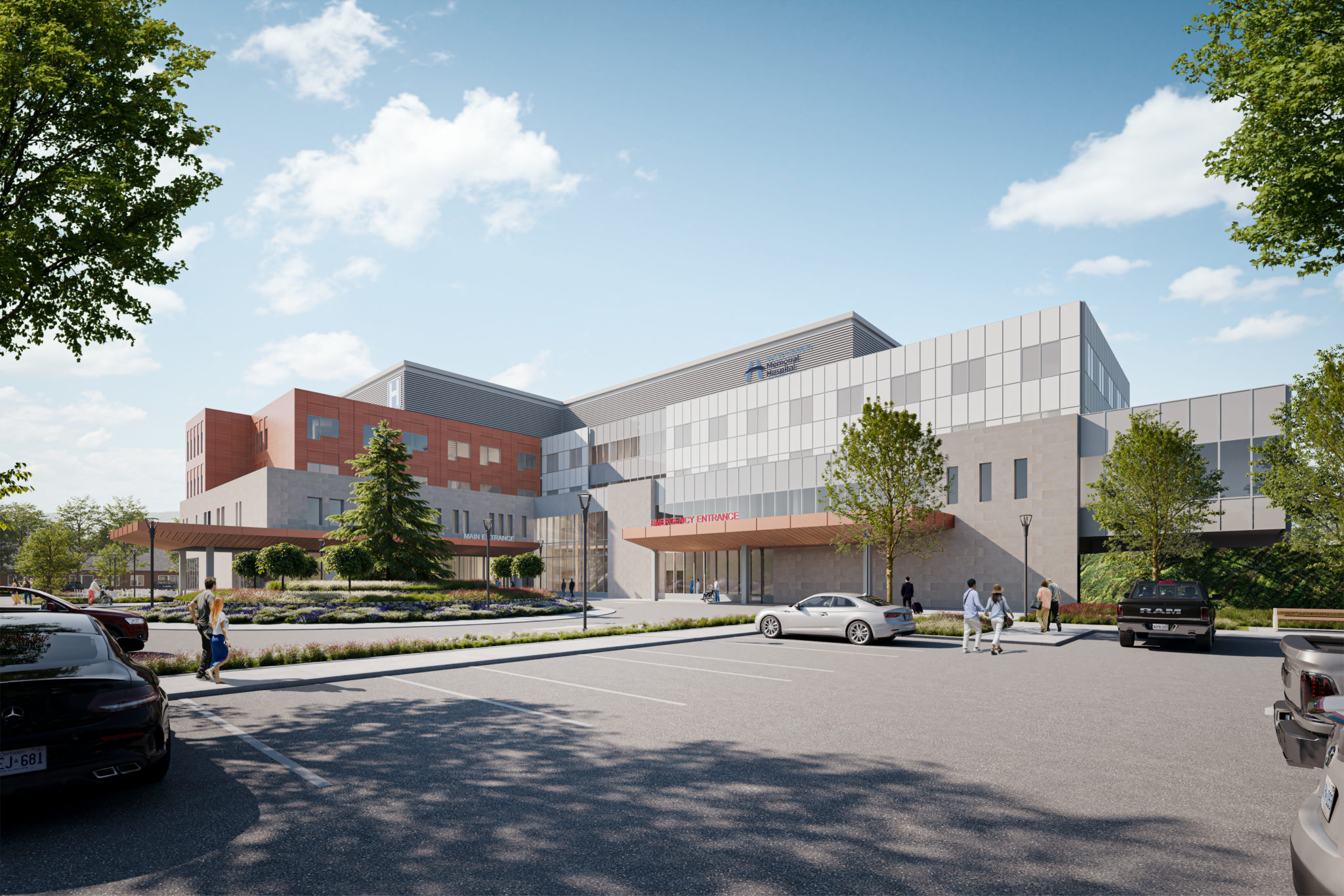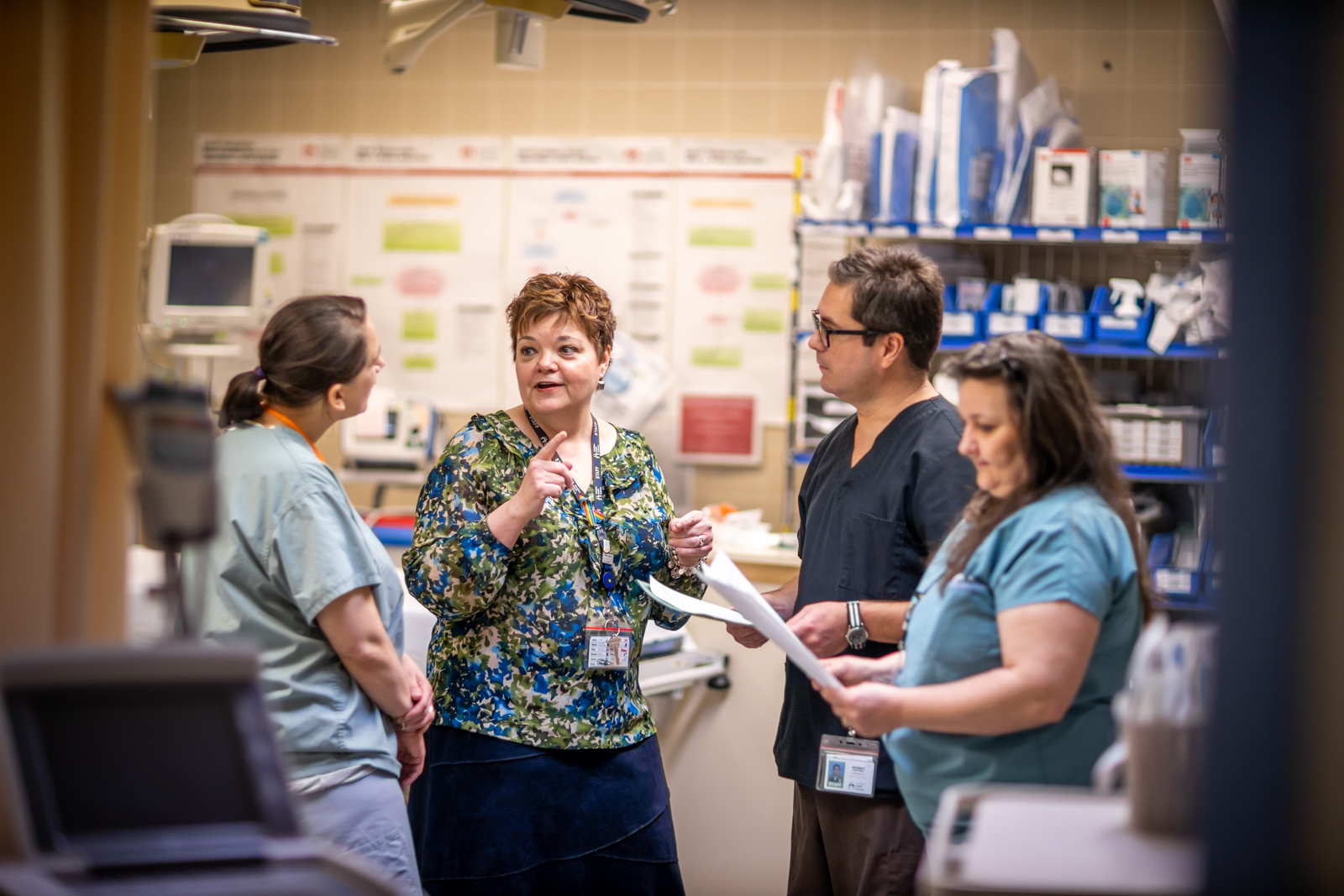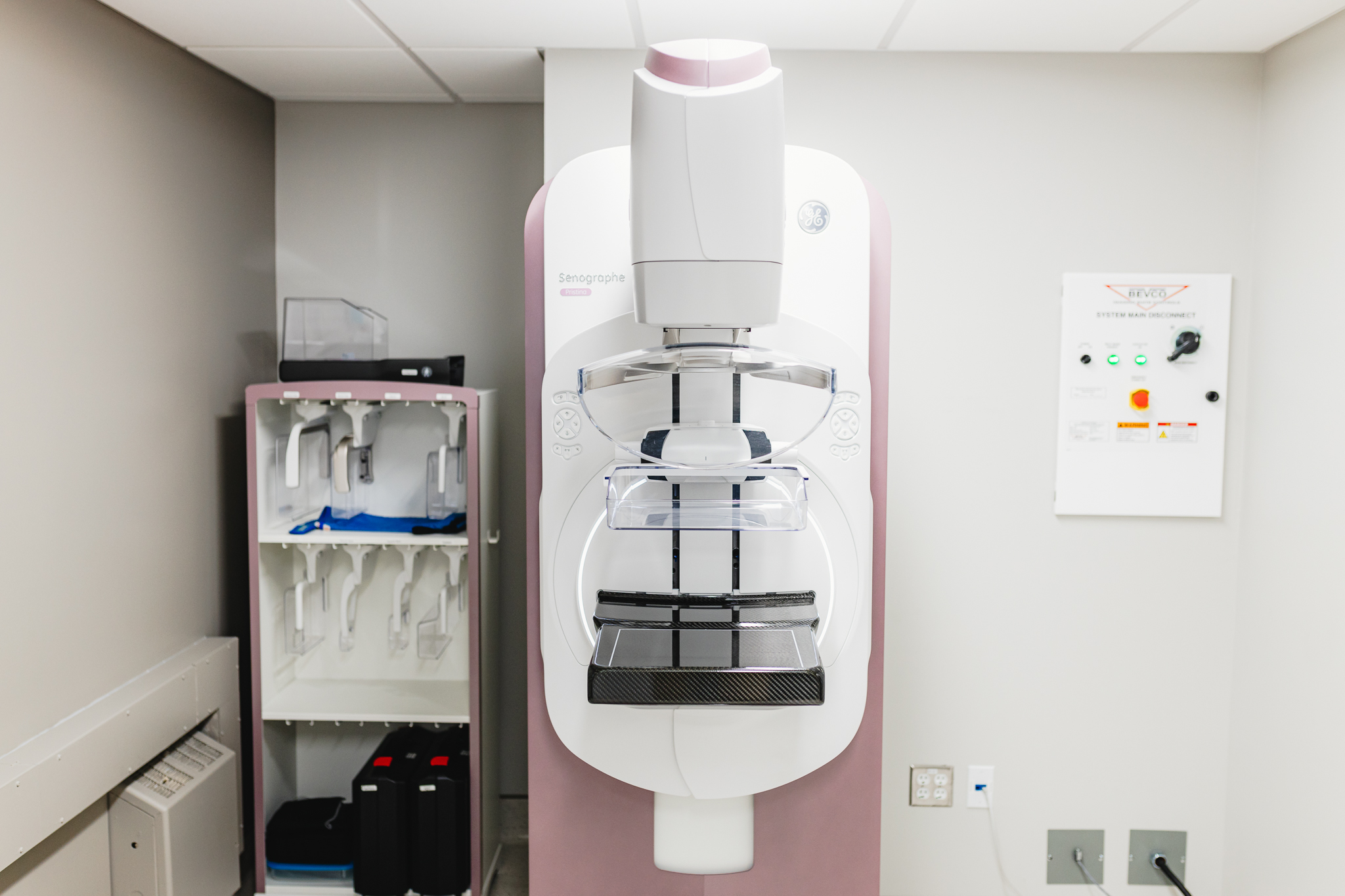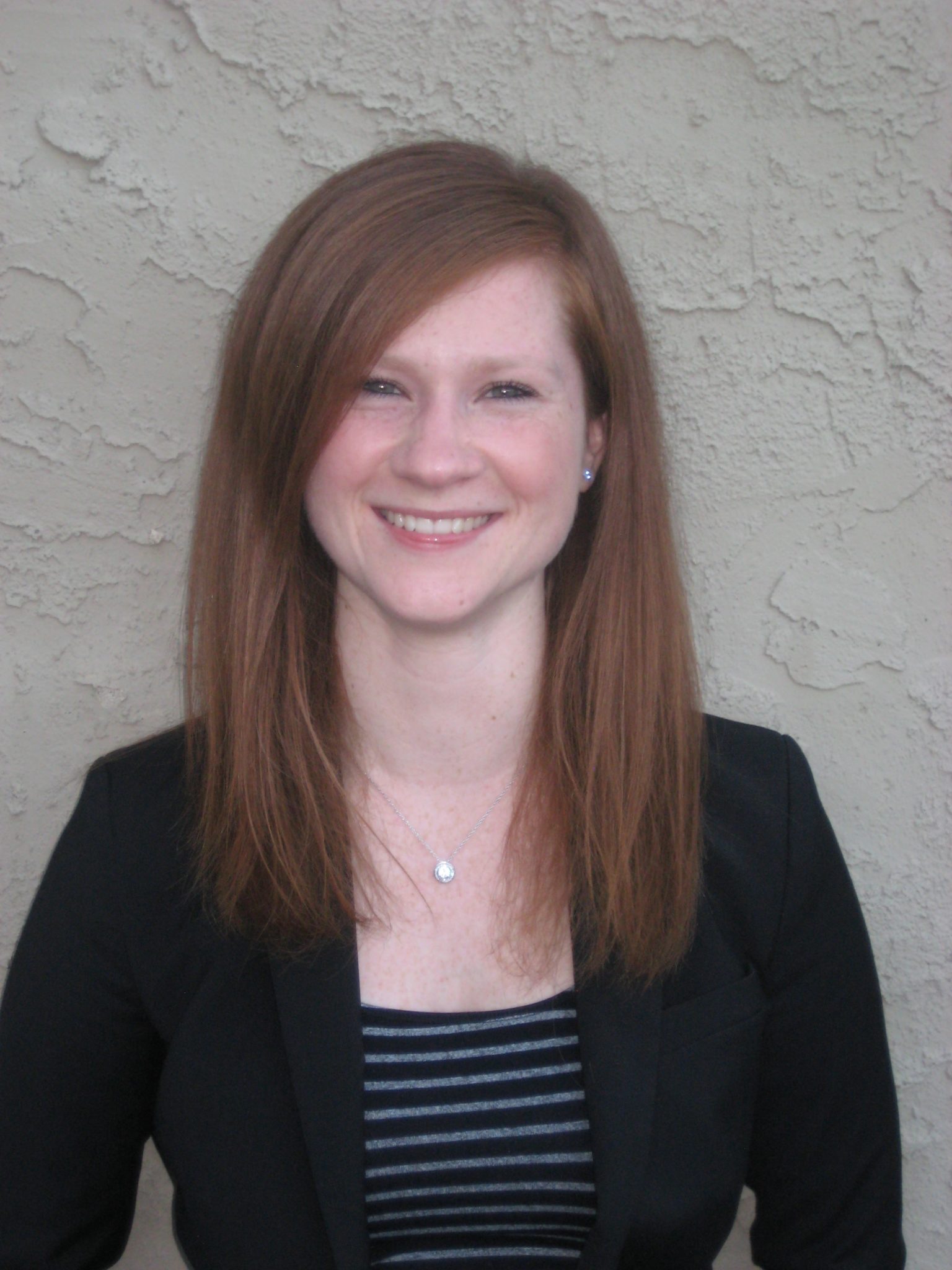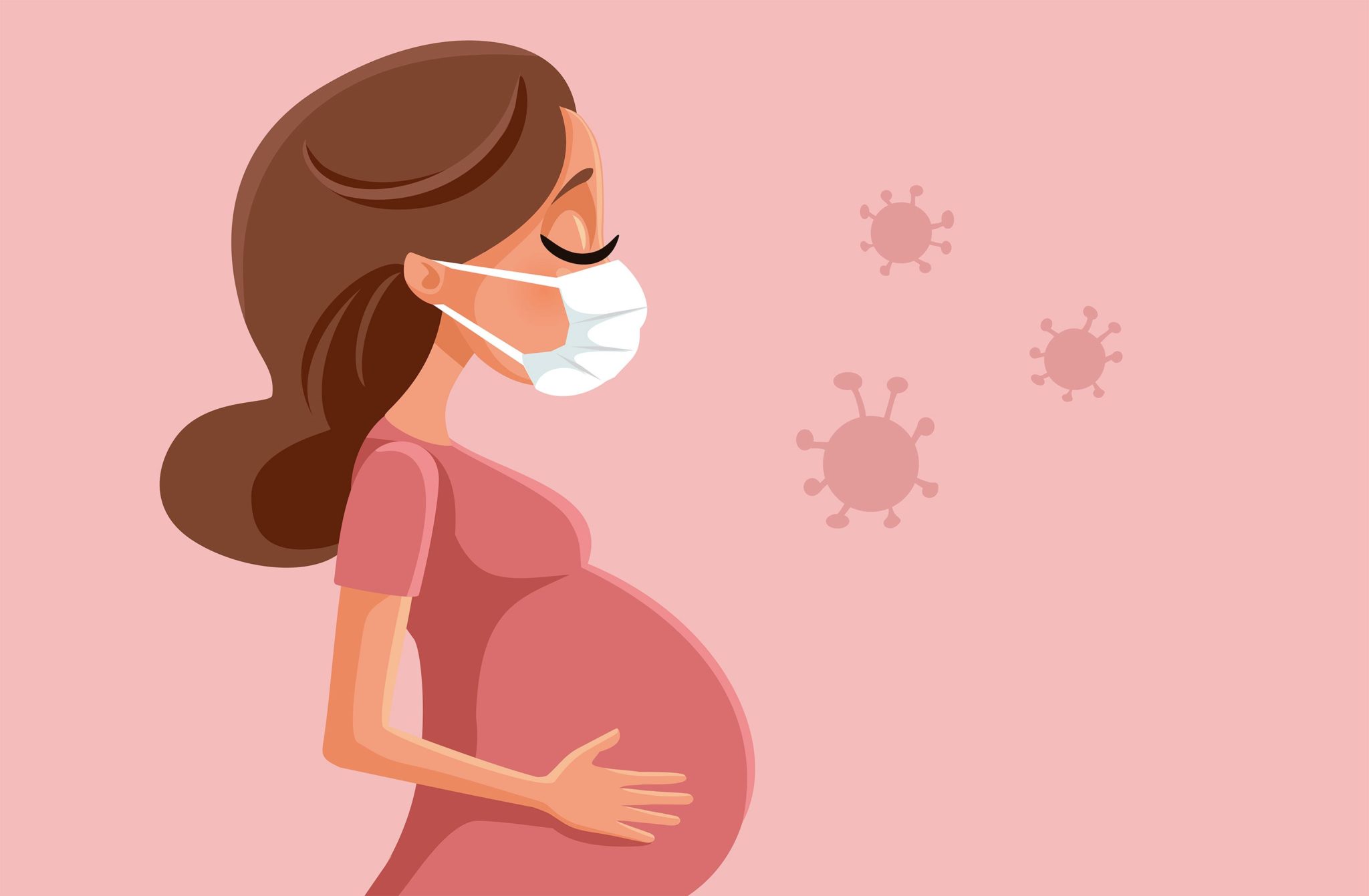In-house partnership “builds the teams we want and need” amid WLMH service pause, global staffing crisis
Nursing positions within the West Lincoln Memorial Hospital (WLMH) obstetrics program have historically been hard to come by. The program’s reputation and culture make it a place where many staff often start out of school, and then stay for their entire career.
When a spot opened up in August 2021, Courtney Davis didn’t miss the opportunity to throw her hat in the ring.
“It was hard to get in because nobody ever left,” said Davis, a registered practical nurse who spent the previous four years working at the site on a general medicine unit. “When I was hired in medicine at WLMH, the obstetrics program had a great reputation. I’d always considered working here.”
The birthing service has been temporarily redirected to Niagara Health a few times since 2019 as a result of necessary safety upgrades needed at the site, staffing shortages and response to the COVID-19 pandemic. The current redirect has been in place since December 2021, when the fast-moving Omicron variant spread across the site closing all but a few beds to new patient admissions. Last week, the hospital announced that the obstetrics program would reopen to deliveries at the site on October 3 in a 24/7 care model. The reopening follows months of necessary work to rebuild the program.
Recent hires into the program need to add or enhance their existing obstetrical skills in preparation for the fall return. But with limited volumes at WLMH due to the redirect, a unique in-house training program has been developed in partnership with the labour and delivery team at Hamilton Health Sciences’ McMaster University Medical Centre (MUMC), which is attached to McMaster Children’s Hospital.
The team at MUMC deliver approximately 4,000 births a year, many of which are high-risk.
Specific skill set needed
“When hiring a nurse to work in the obstetrical service, I’m really looking for a few things,” said Angela Leslie, clinical manager in WLMH’s obstetrics department. “First, do they have general nursing experience? Then, there are specific skills needed to be successful in the role like fetal heart monitoring, perinatal certificate and neonatal ressucitation.”
The in-house training is beneficial to the WLMH nursing team, and is also welcomed by the McMaster team as well.
“The advantage of having McMaster in our system with its volumes and nurses with such expertise is a fantastic learning opportunity. But it also benefits the McMaster team as well, bringing skilled nurses and a few extra sets of hands into the delivery rooms to help with those volumes has also been well received,” Leslie pointed out.
Caring for adults and babies
Even for experienced nurses like Davis, making the transition to caring for newborns has a learning curve as the role requires a 50/50 split in assessing and treating moms and babies.
“All of the assessments are different and all of the vital signs are different. Over eight years of nursing I’ve developed a ‘nursing intuition’ about things. Now we’re adding some specific skills needed to safely care for these little patients,” Davis noted.
Shyma Prince agrees. Originally trained as an obstetrical nurse in India, Prince brings significant operating room nursing skills to the WLMH obstetrics team, which she honed while most recently working at a hospital in Alberta.
“Since being hired we have mostly done c-section deliveries at West Lincoln. We have had the opportunity to work with the team at McMaster to assist with high-risk deliveries as well as upgrading post-partum care skills, caring for mothers as they heal from the delivery,” said Prince, a registered nurse who was hired in February 2022.
Team critical to success
According to Shasta Cividino, clinical manager in labour and delivery at MUMC, there are many experiential learnings beyond skills development which can also be gained through training opportunities like this partnership.
“Being a regional centre, staff get exposure to wide variety of normal low-risk and high-risk care. But they also have the opportunity to experience emergencies which will happen in every birthing centre. In those situations, developing the wherewithal to understand how the team can come together and work through a situation is very important,” she said, adding that there are many unique situations and cases a nurse will see only once in a 30-year career.
Another benefit of spending time in different clinical settings is the chance to build a community of practice with other nurses. A result Cividino calls the “phone-a-friend” mentality.
“Mentorship in health care can be sometimes hard to achieve, especially given the current generational shift going on. We have a wealth of people in that intermediate to expert range to talk and vent to and deconstruct scenarios with. This is great for workplace wellness. You can’t bring these conversations home because of confidentiality and privacy, which is where like-minded colleagues can really help you through those situations,” she said.
Hiring in a global staffing crisis
Finding experienced obstetrical nurses – or any specialty nursing position – is increasingly challenging in the current climate. Health care professionals are in short supply after what many sources attribute to two years of pandemic chaos across the sector. According to Leslie, training programs like this will be increasingly important.
“It’s extremely competitive out there trying to find staff,” she said. “For the obstetrics roles, we are looking at all angles to reach candidates where they are and where they are looking for work. We get candidates for every posting but most don’t have the complete skill set we need. We are fortunate to have in-house training opportunities to help build the teams we want and need.”
The intensity of hiring has also increased. Candidates have many options so they don’t wait too long for a hiring manager to respond to their inquiries. Fortunately, the promise of the new hospital continues to attract great candidates.
“The biggest selling point is the new hospital. Everyone wants to work in a state-of-the-art, smart hospital in a beautiful and growing community. It will allow us to further incorporate research and education into practice. We have a very bright future,” Leslie noted.
Over at MUMC, Cividino – who has held roles during her career at WLMH – believes the new hospital and the program’s reputation will be a perfect storm bringing many expectant mothers to the site to deliver.
“When the new hospital opens its doors, the team can anticipate a much busier obstetrical program with the attraction of a new site, exceptional care delivery standard and a growing community in West Niagara.”
